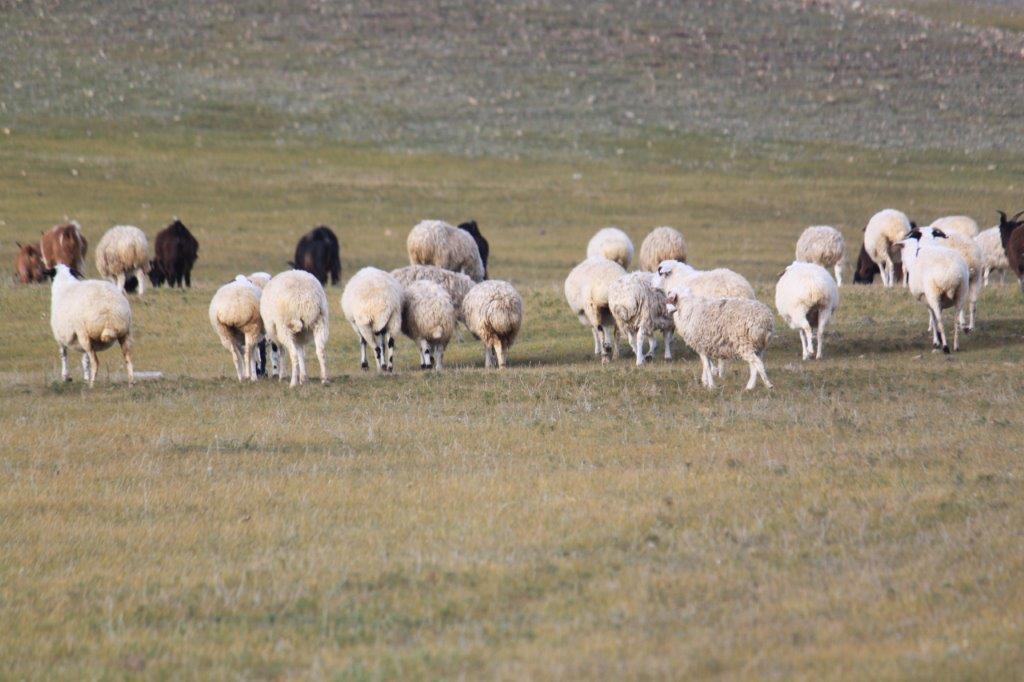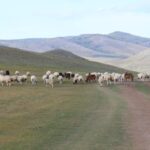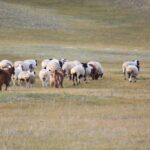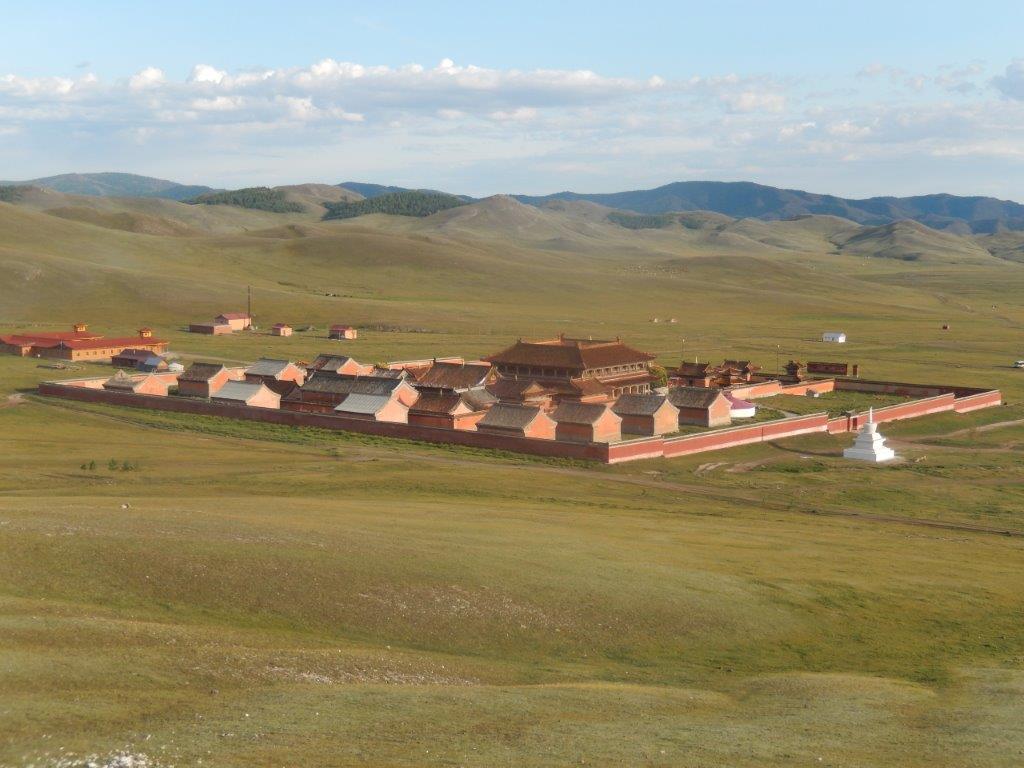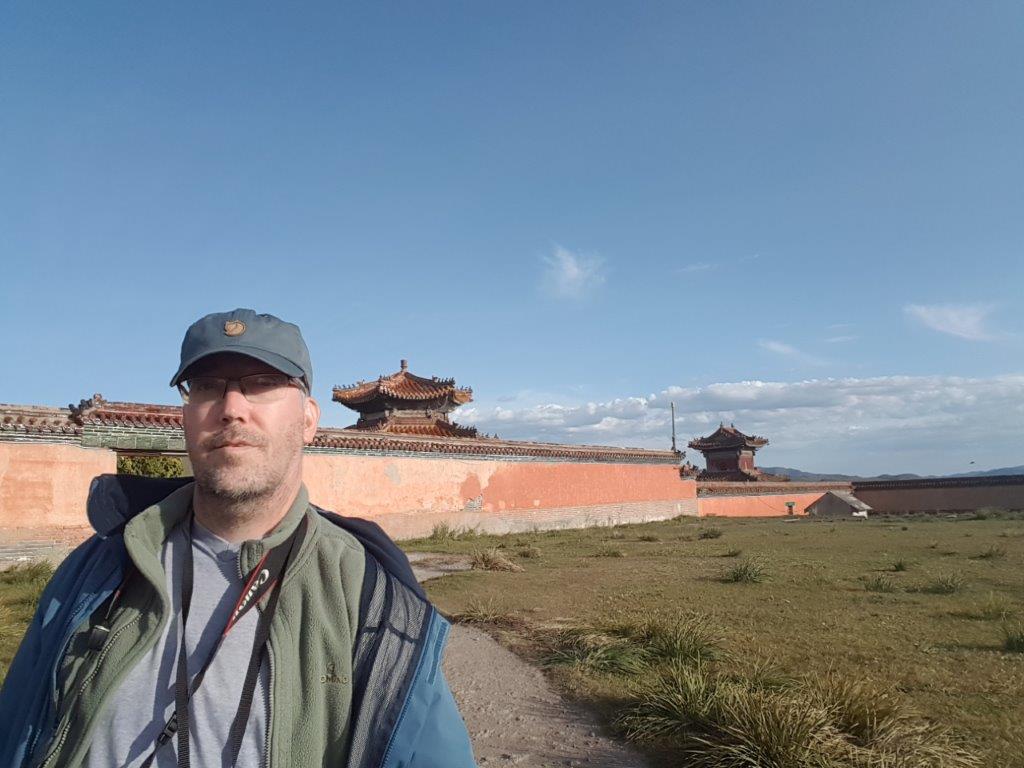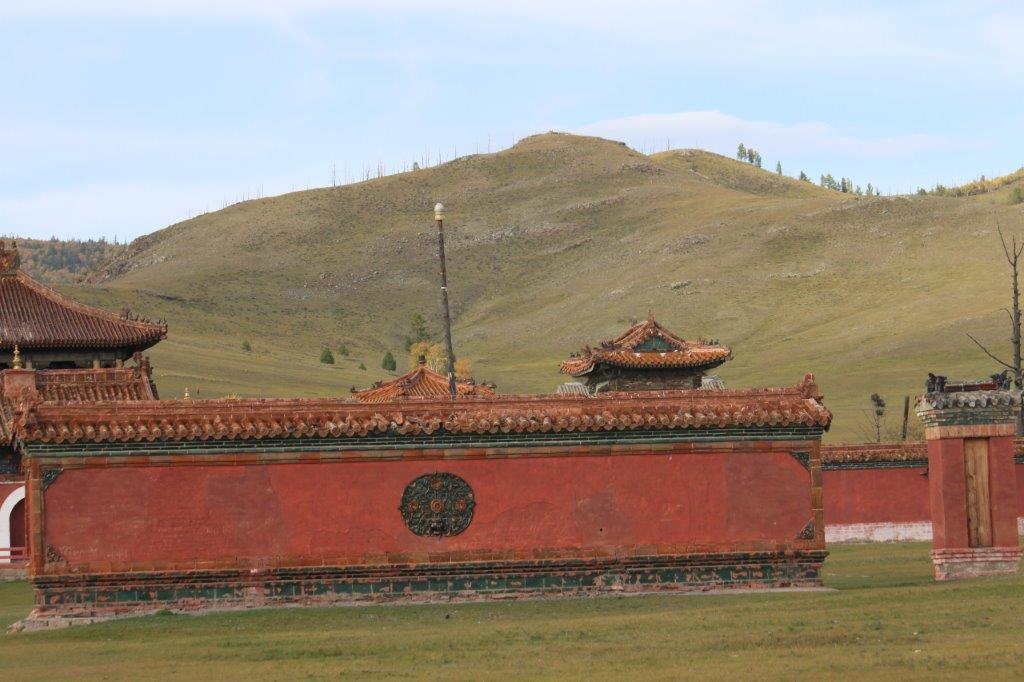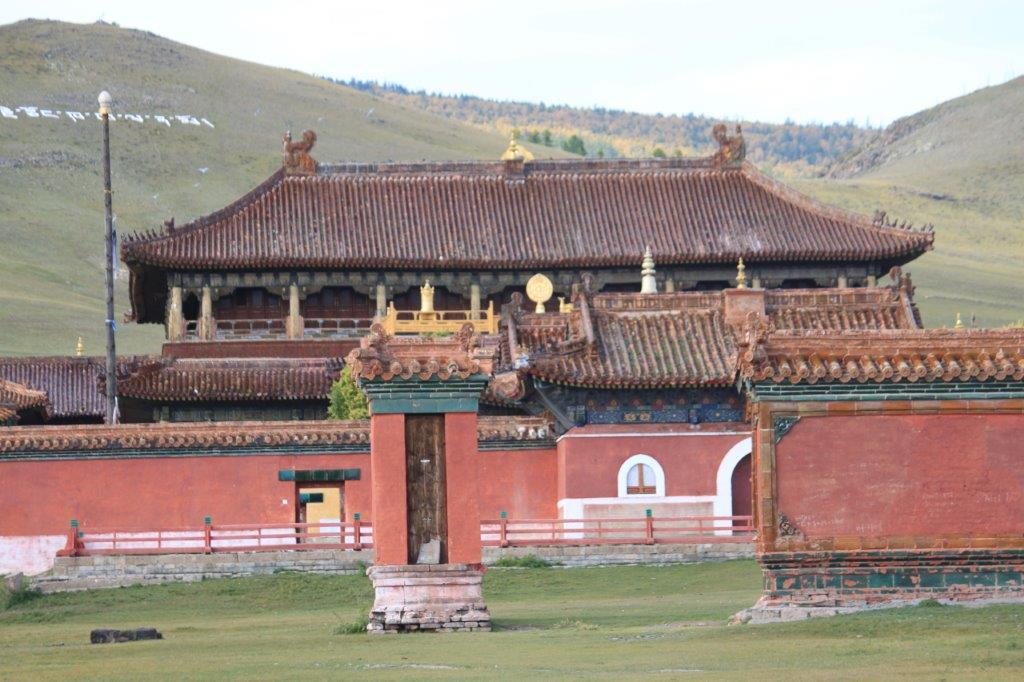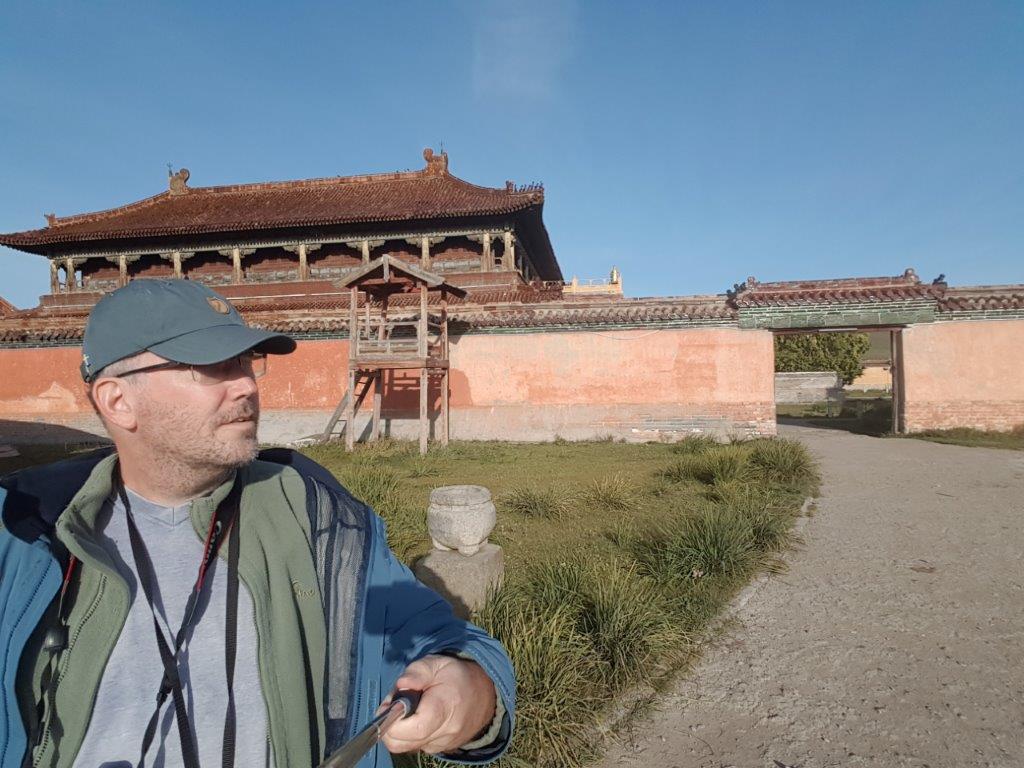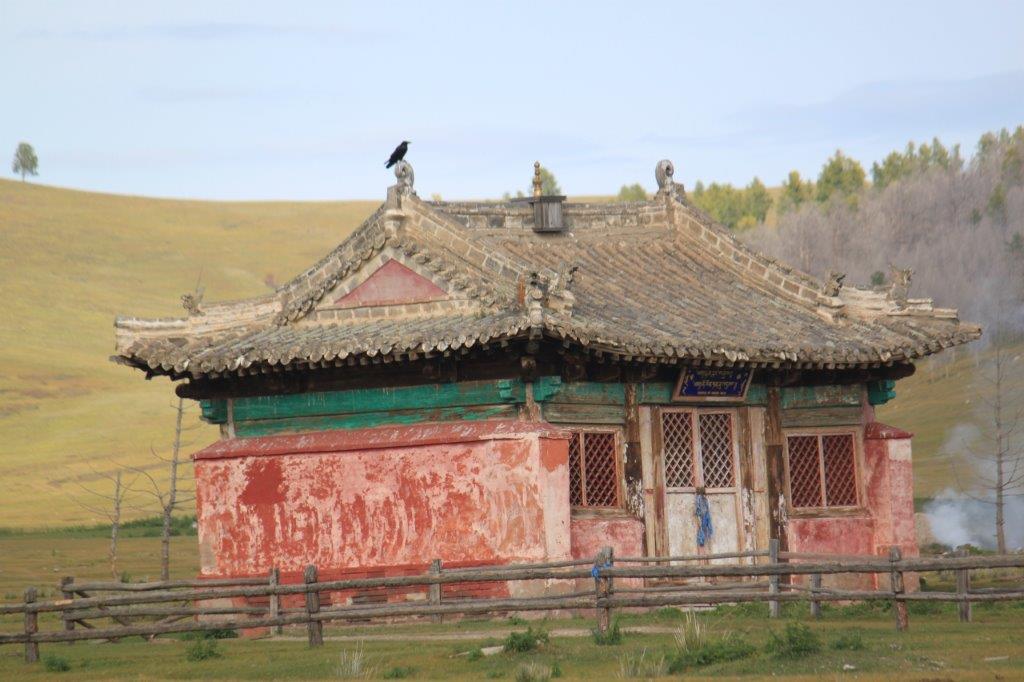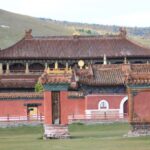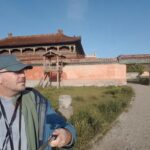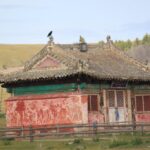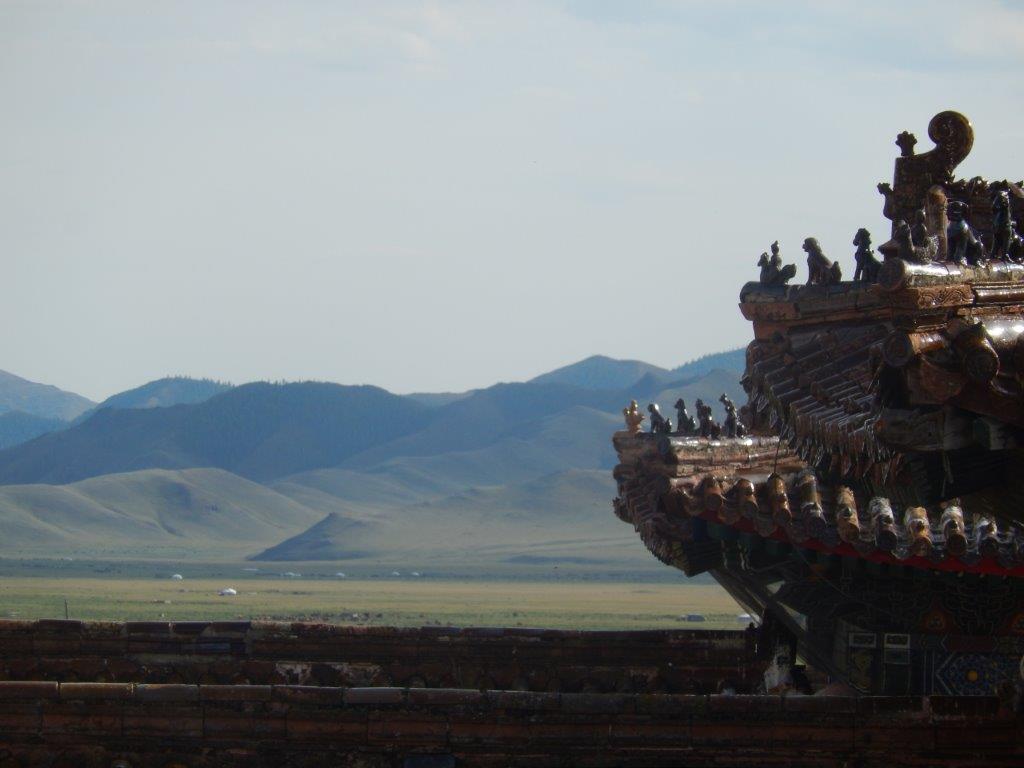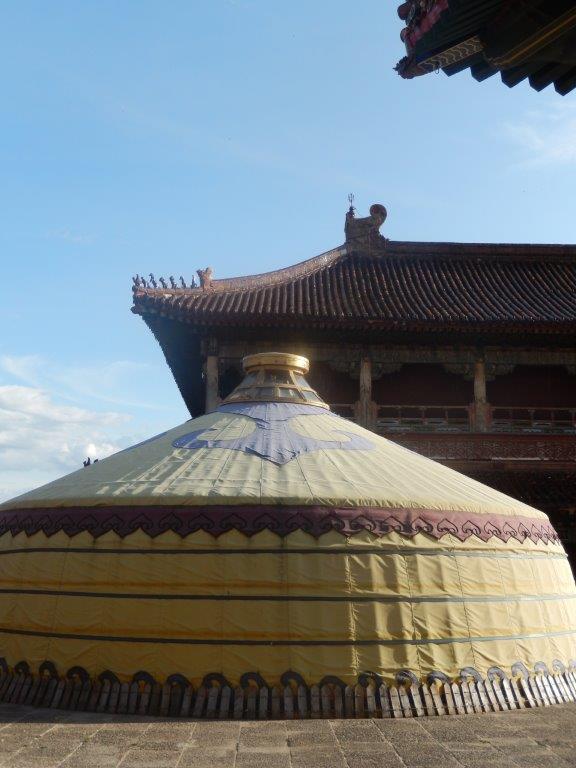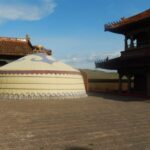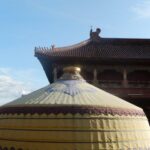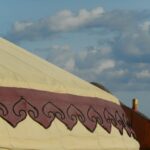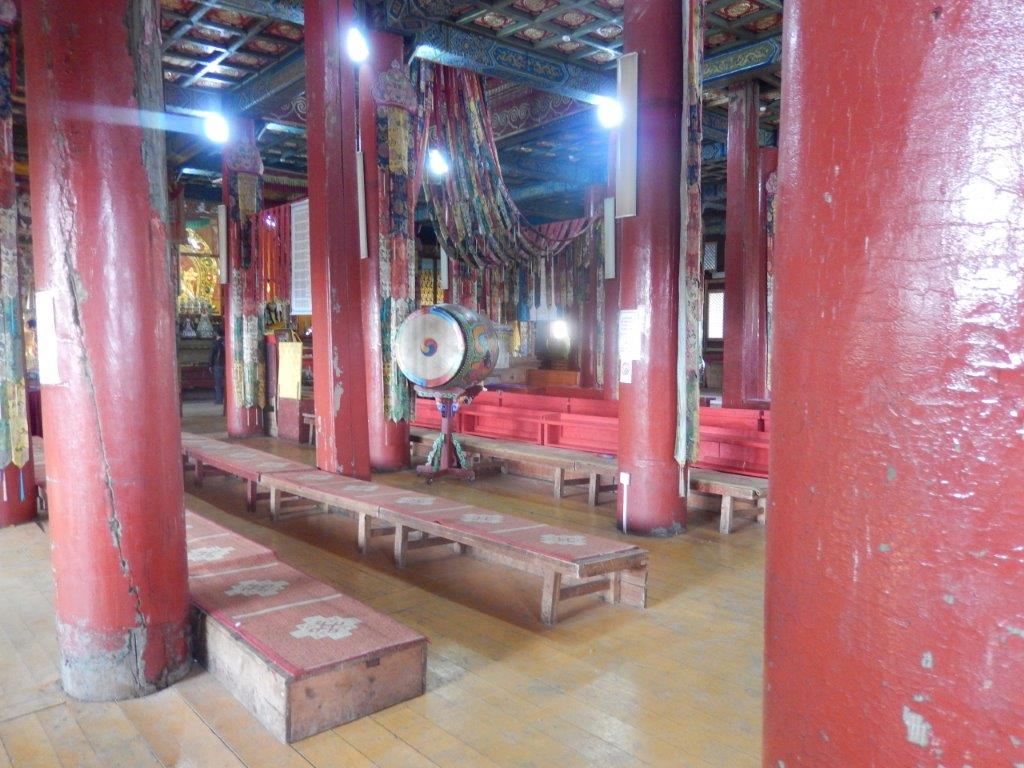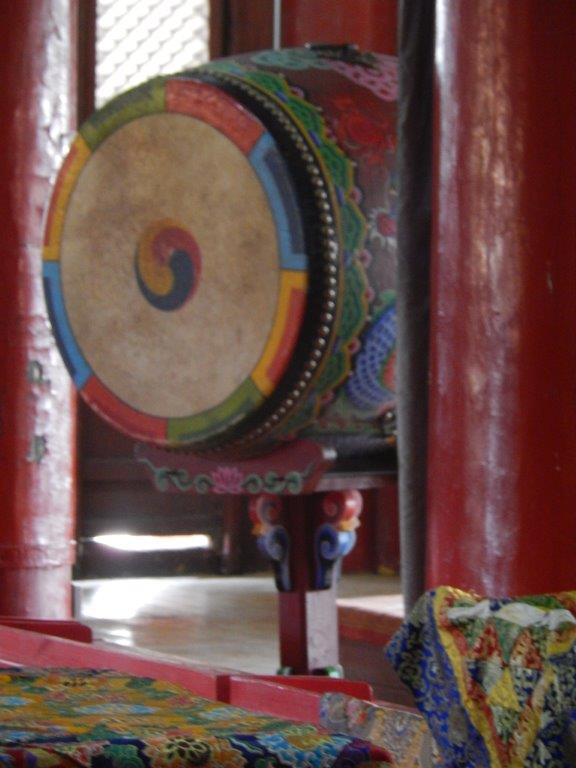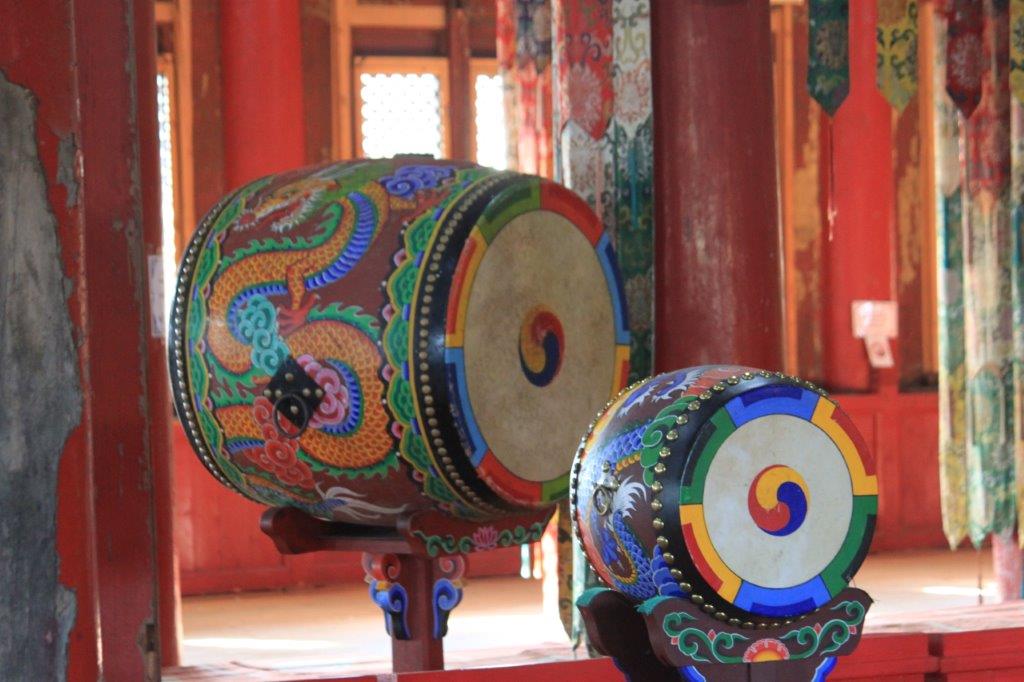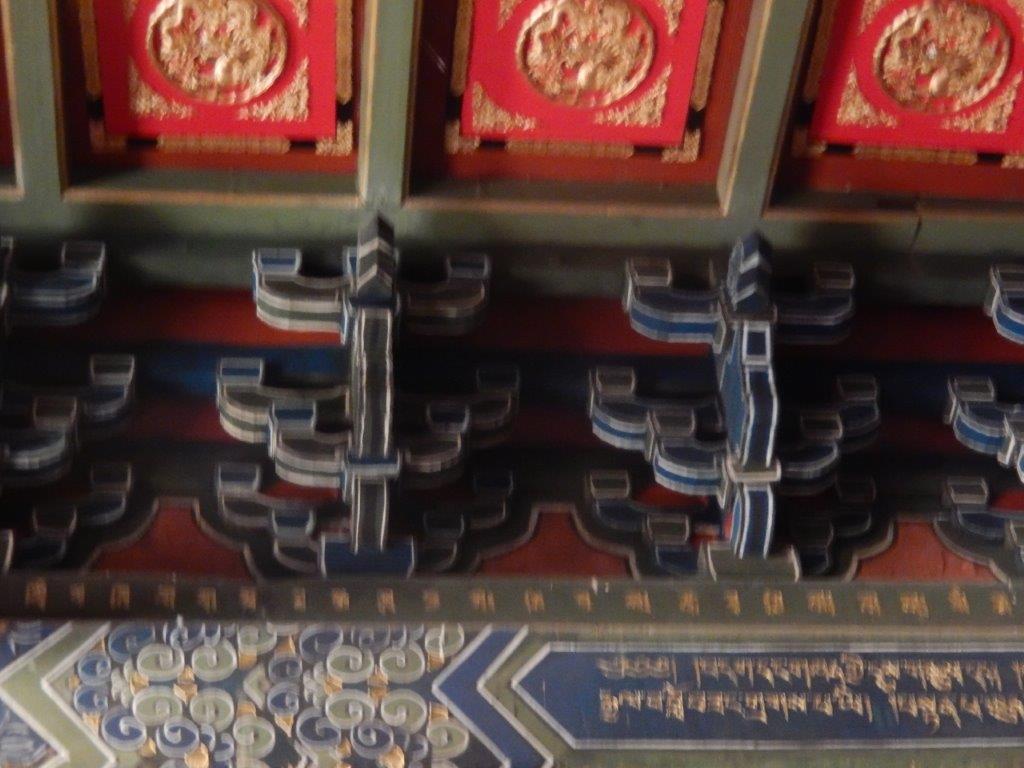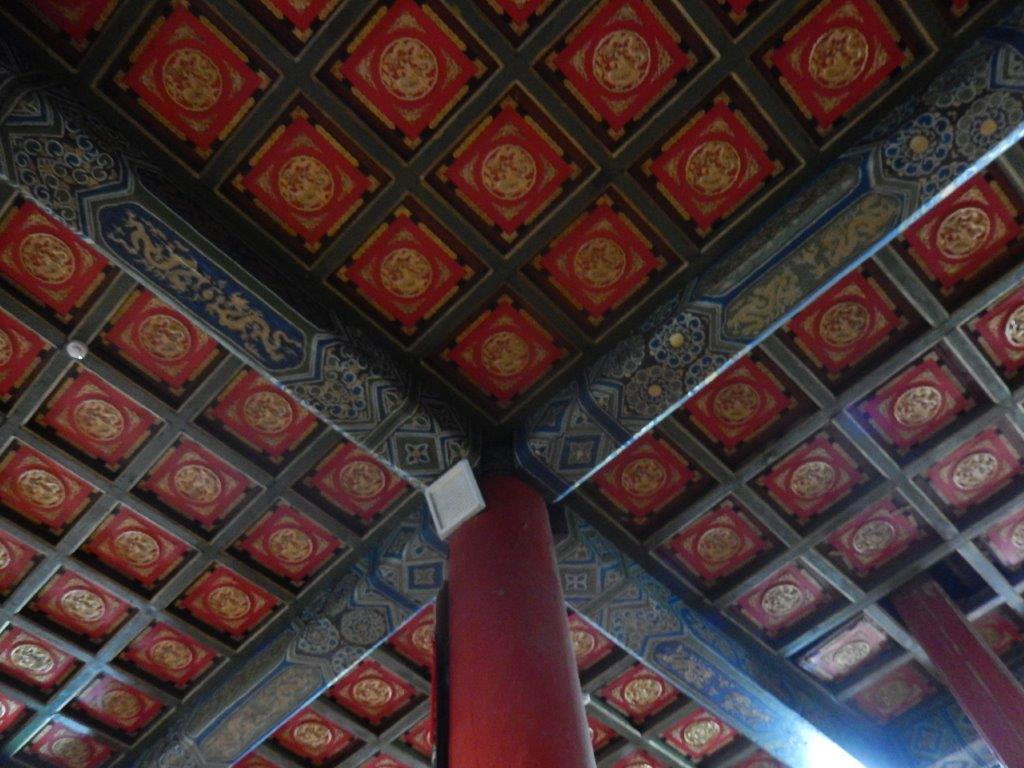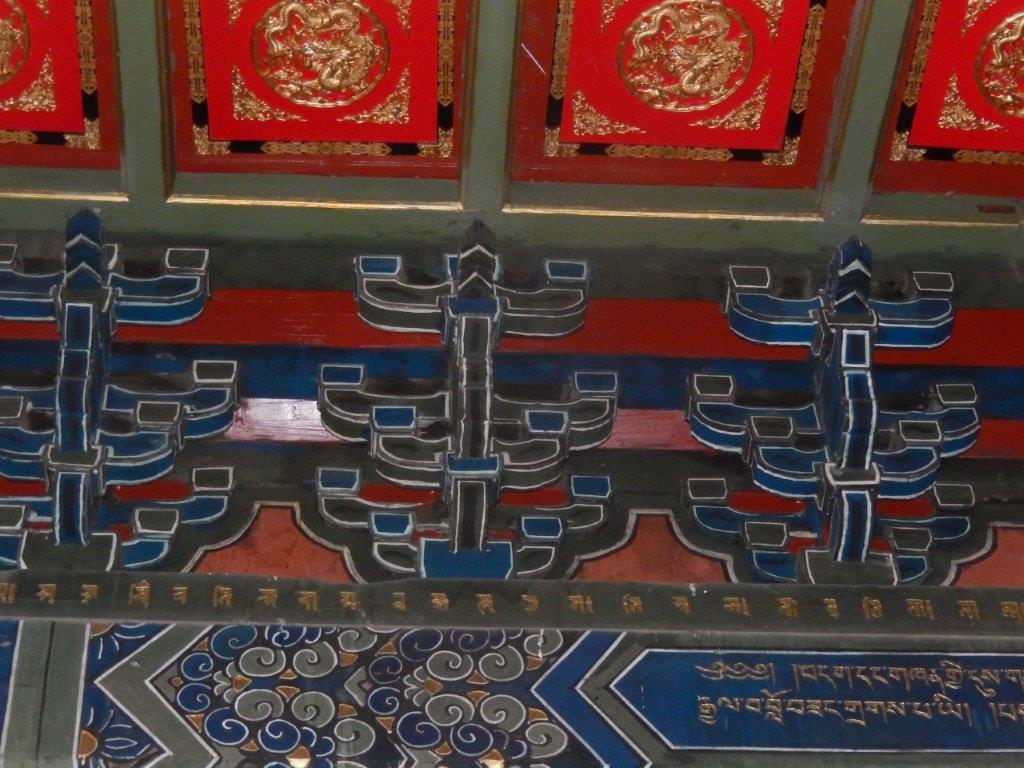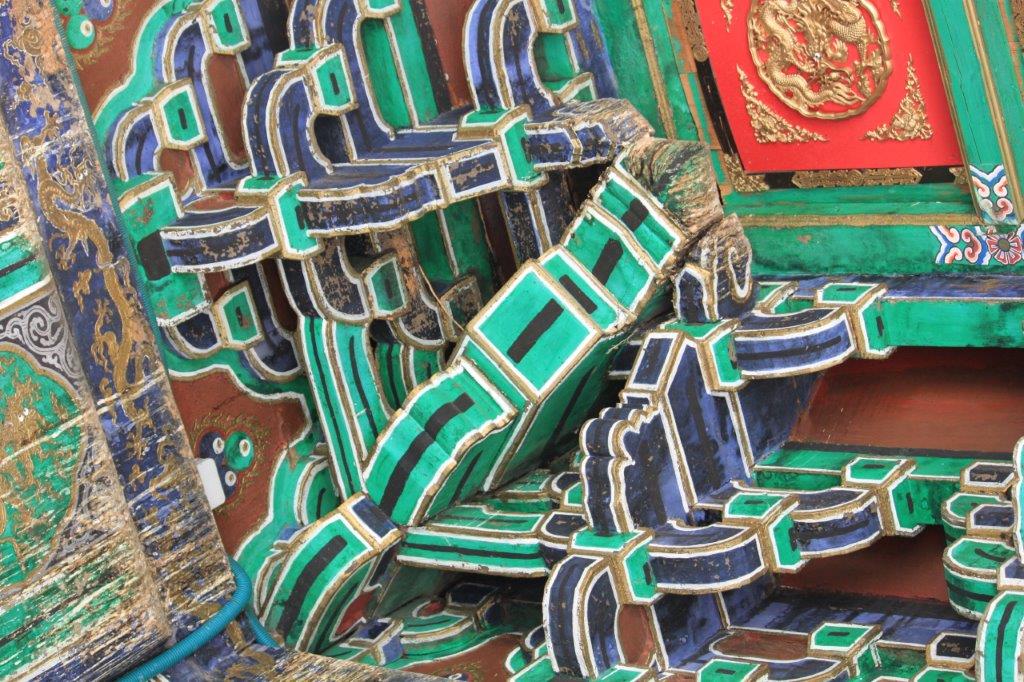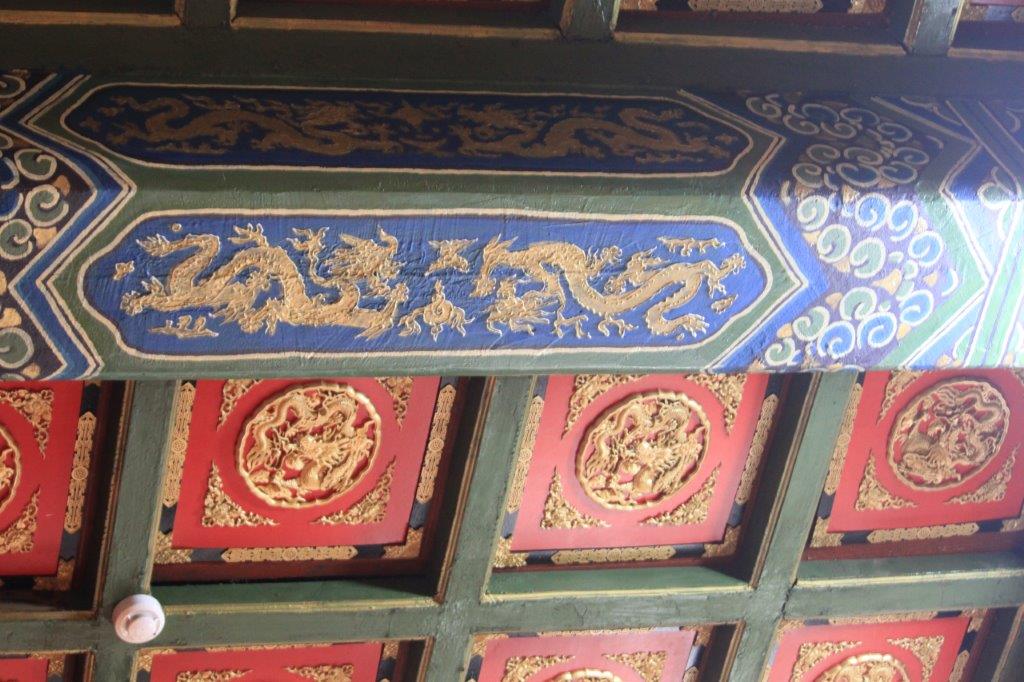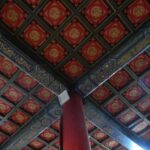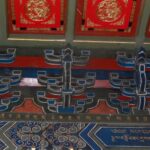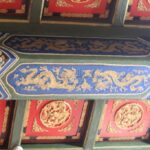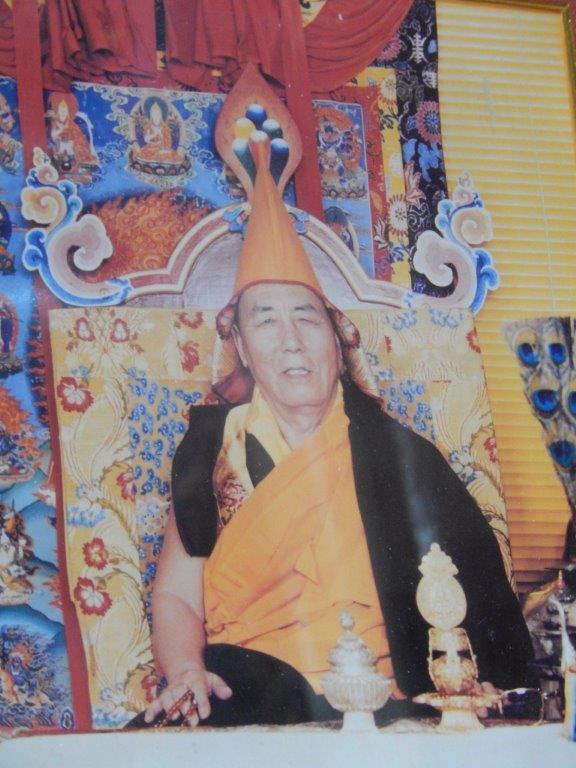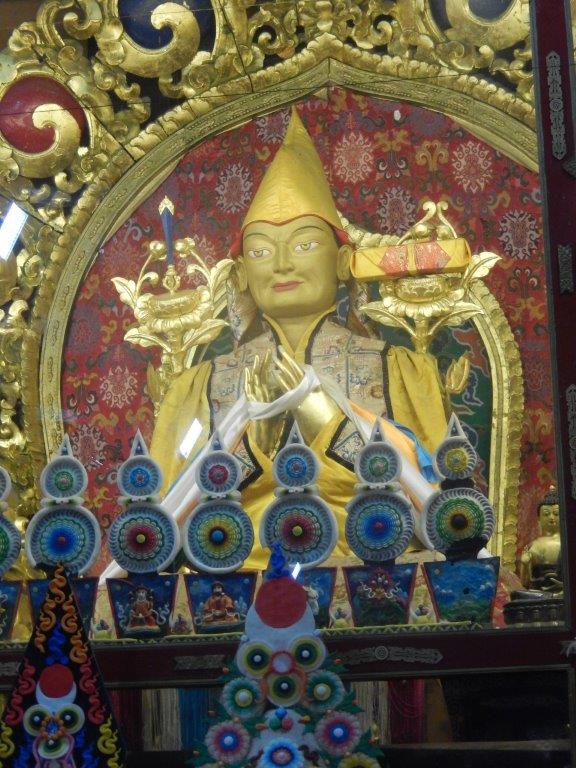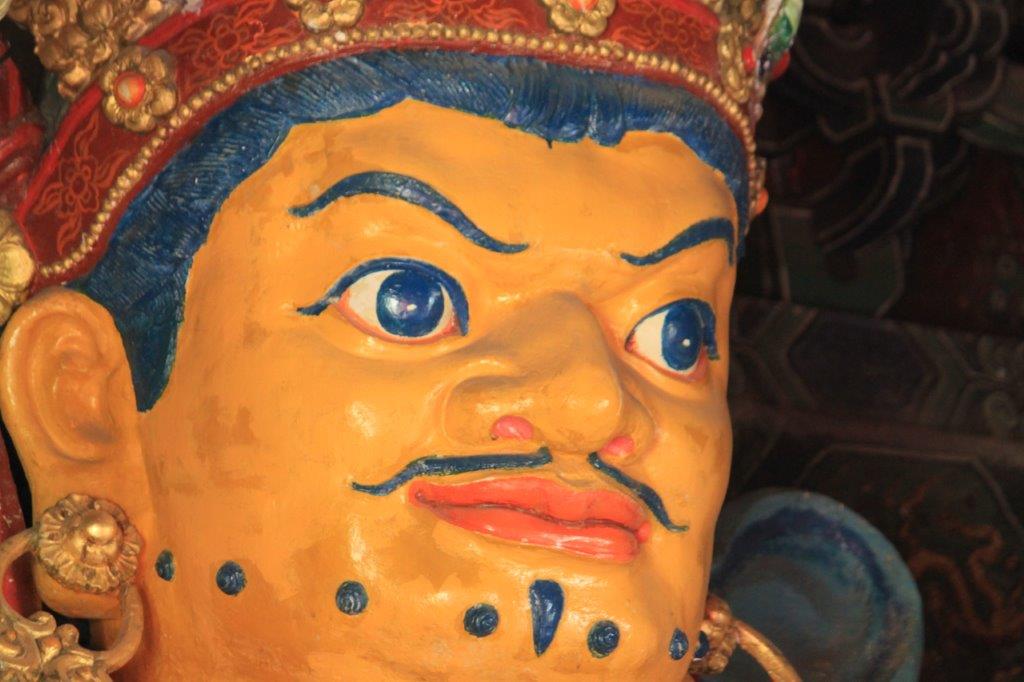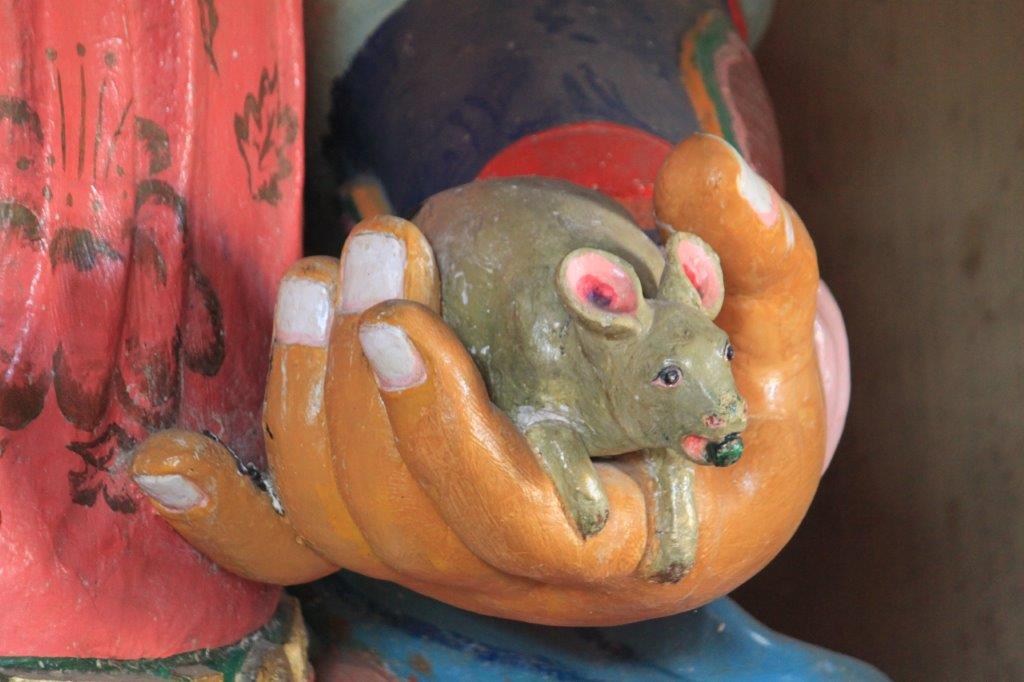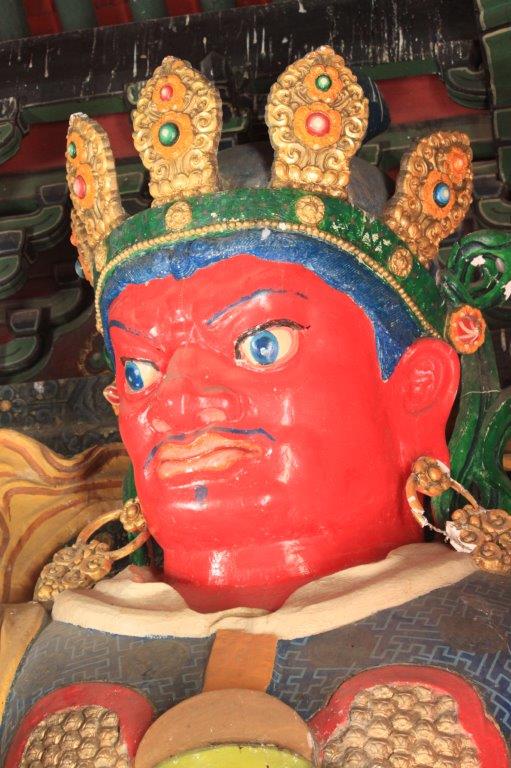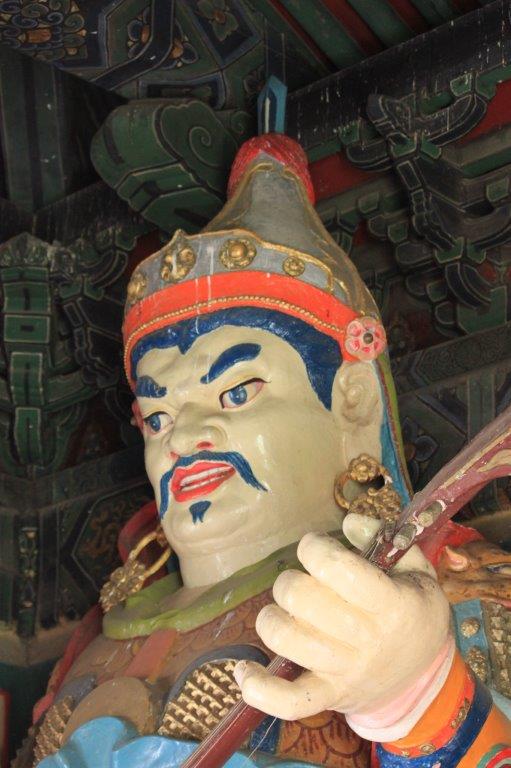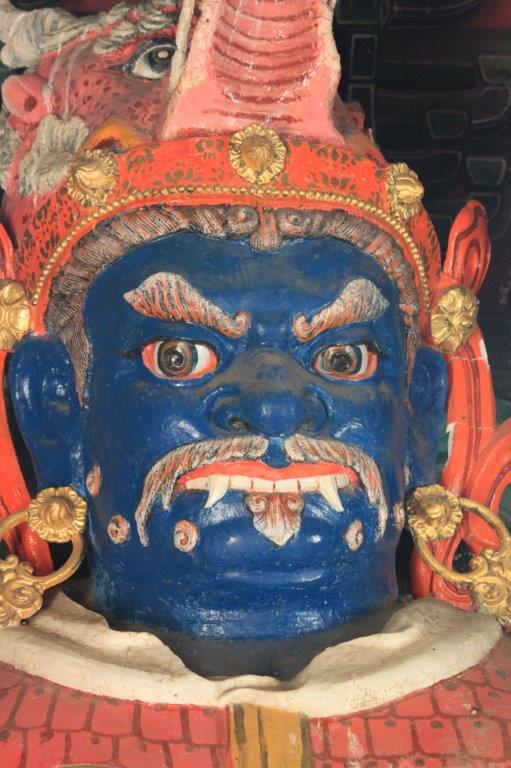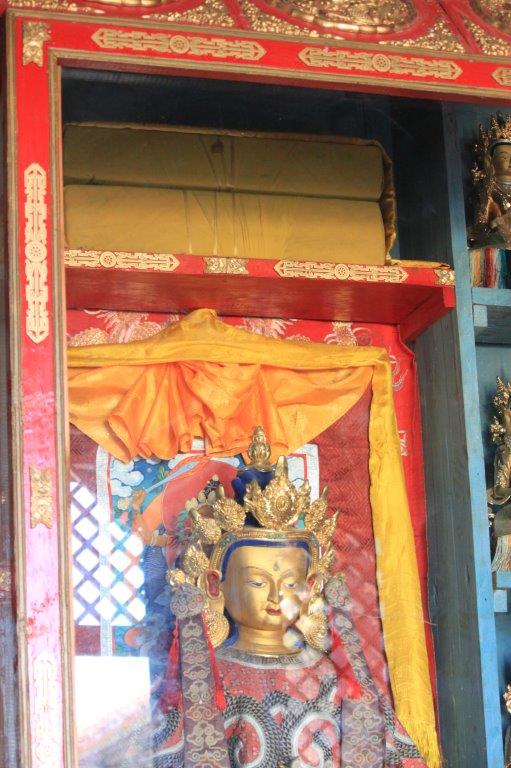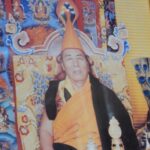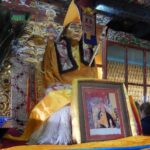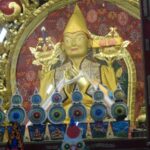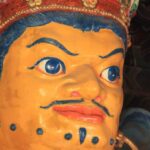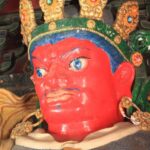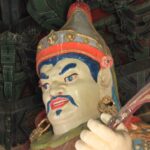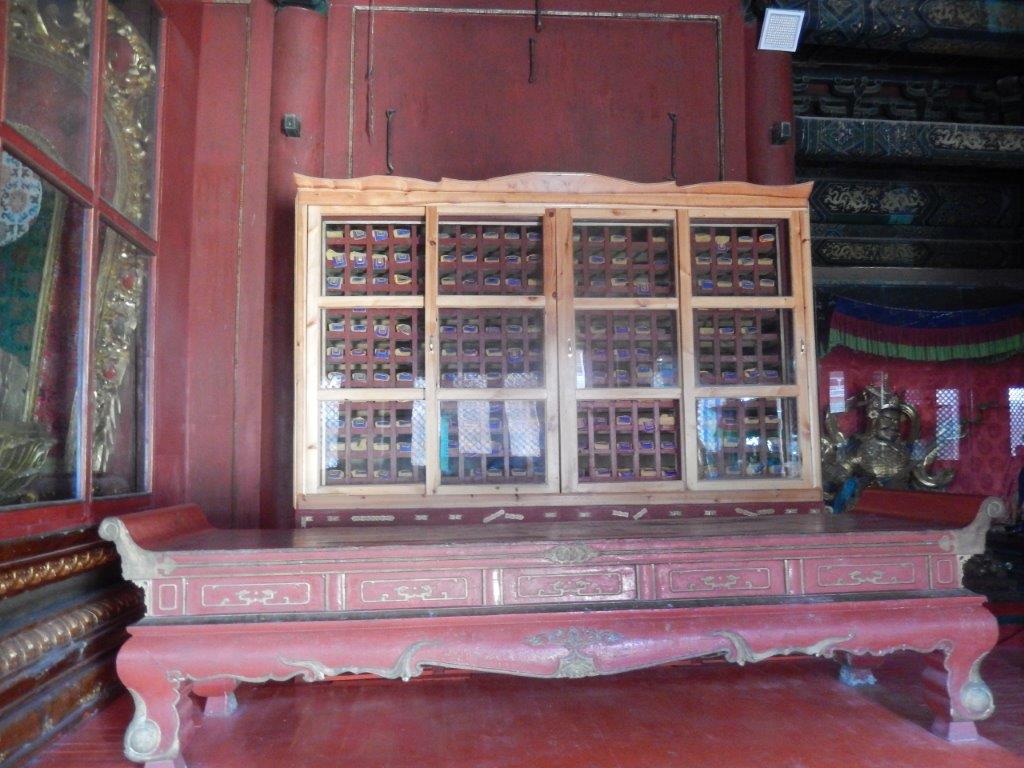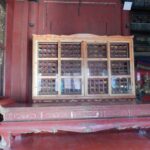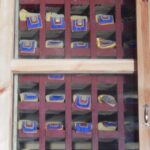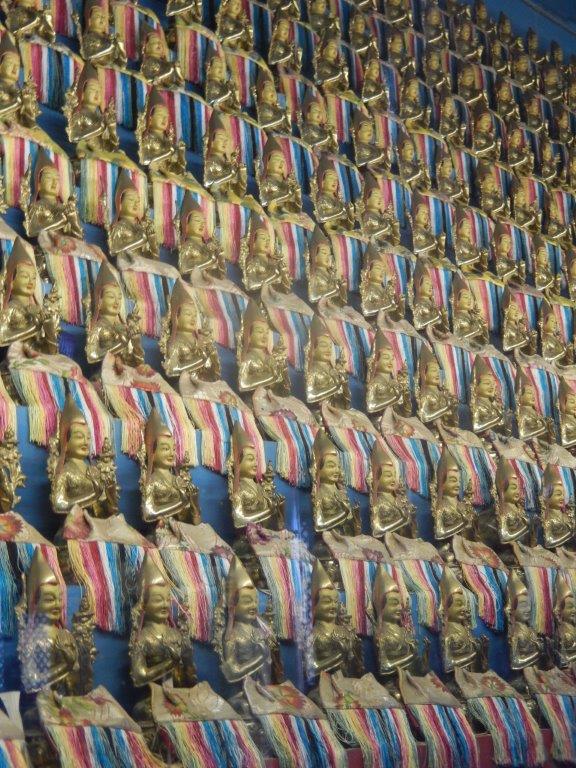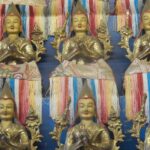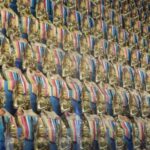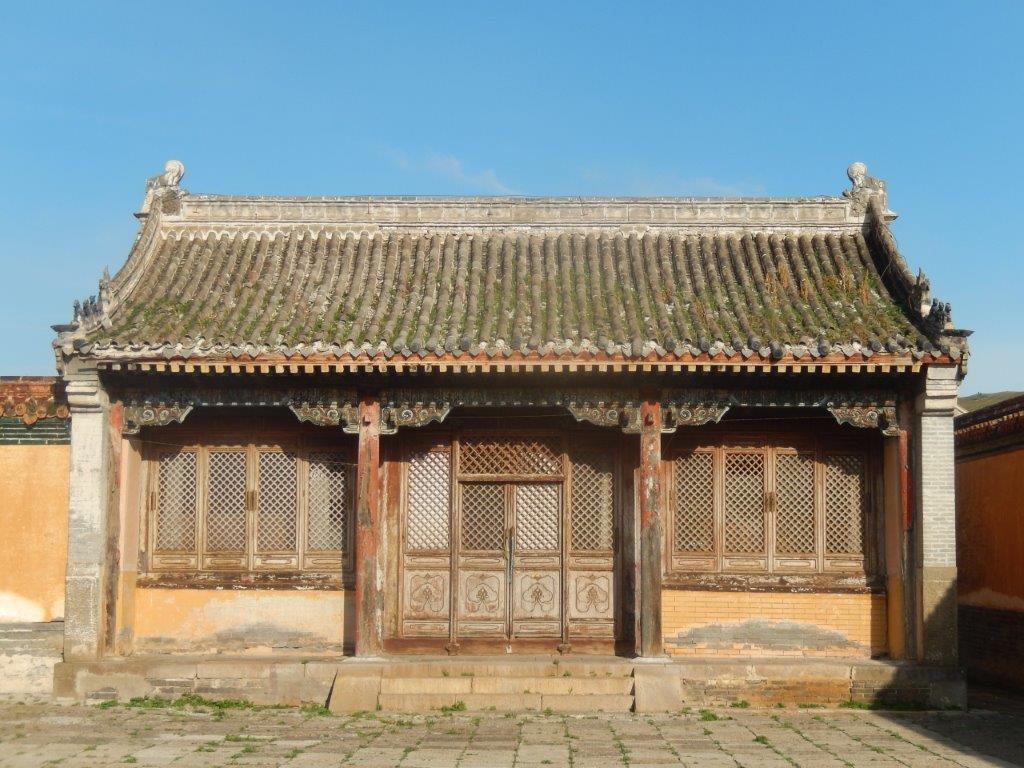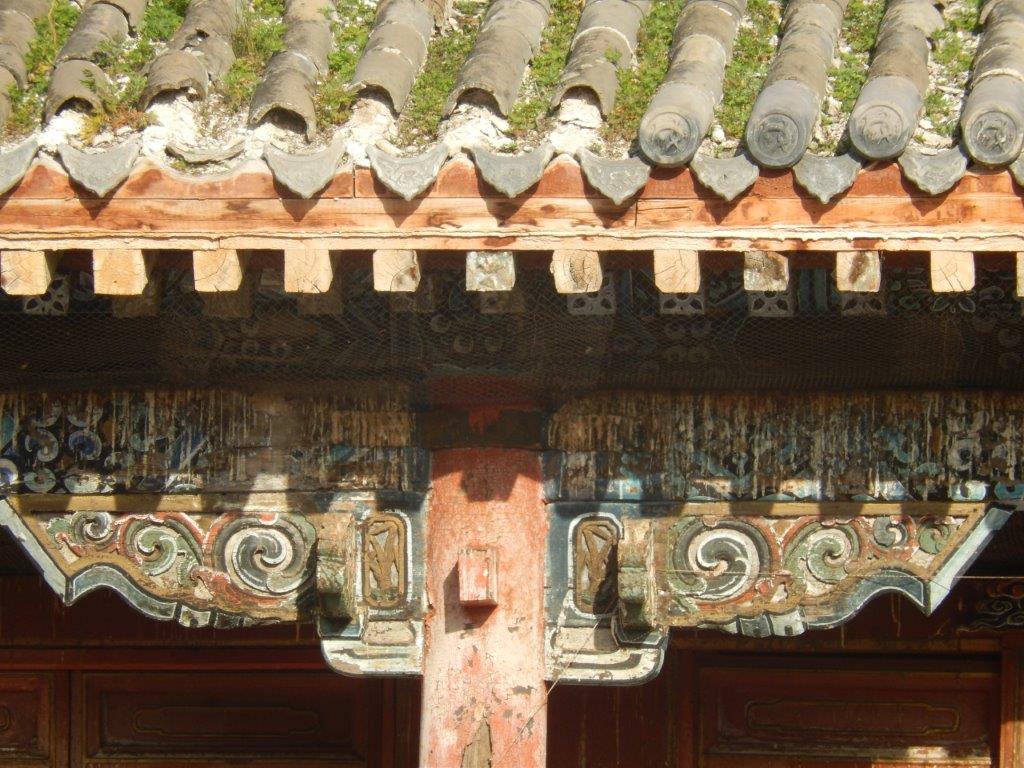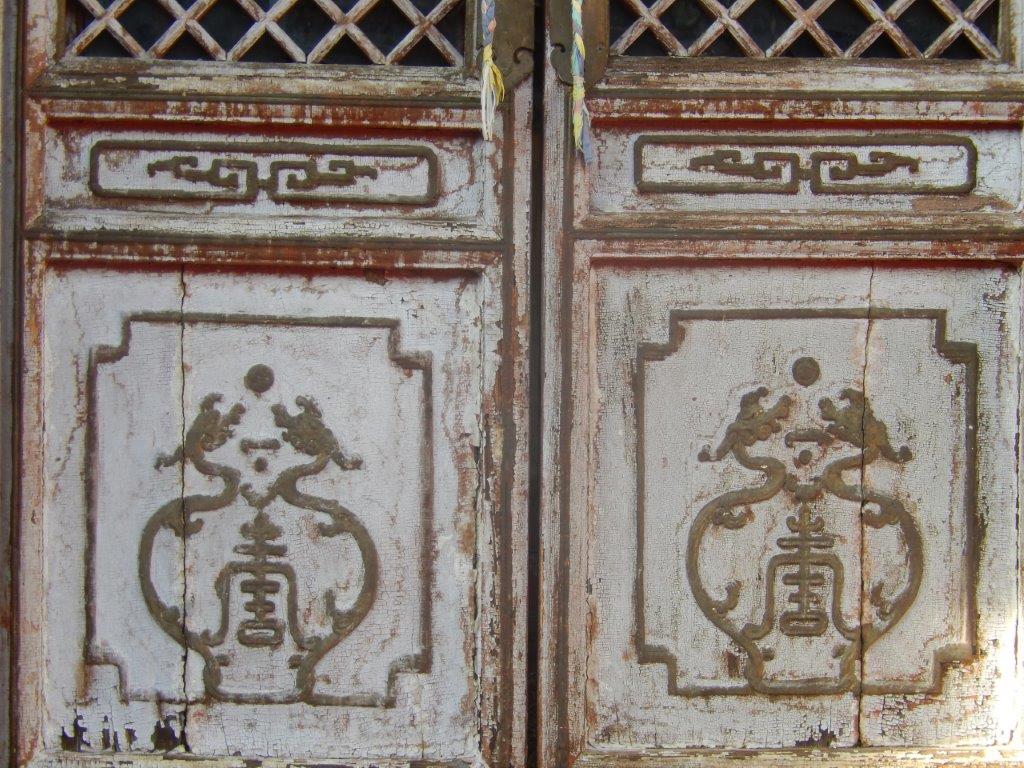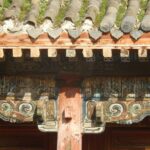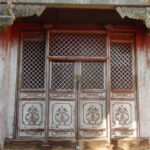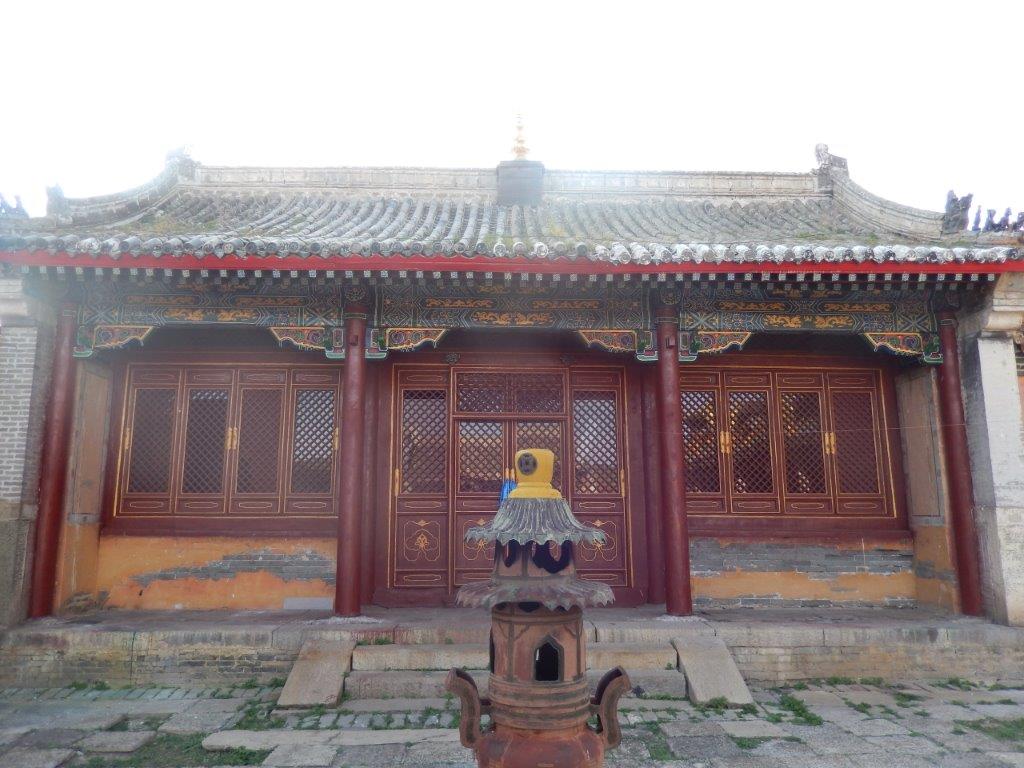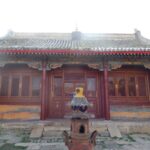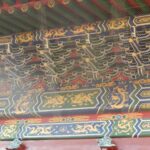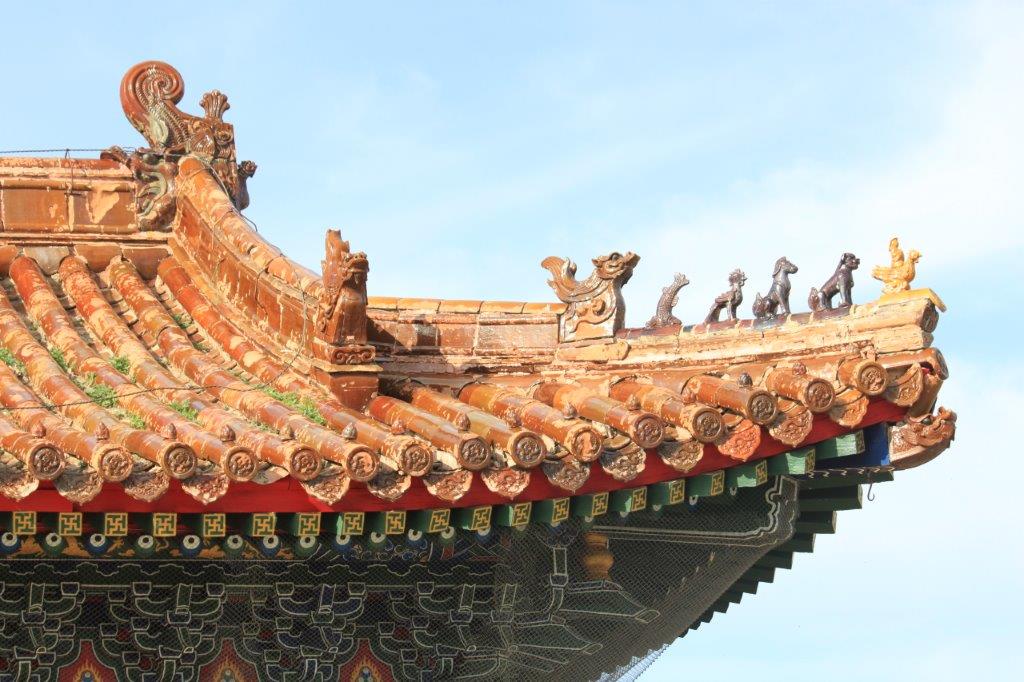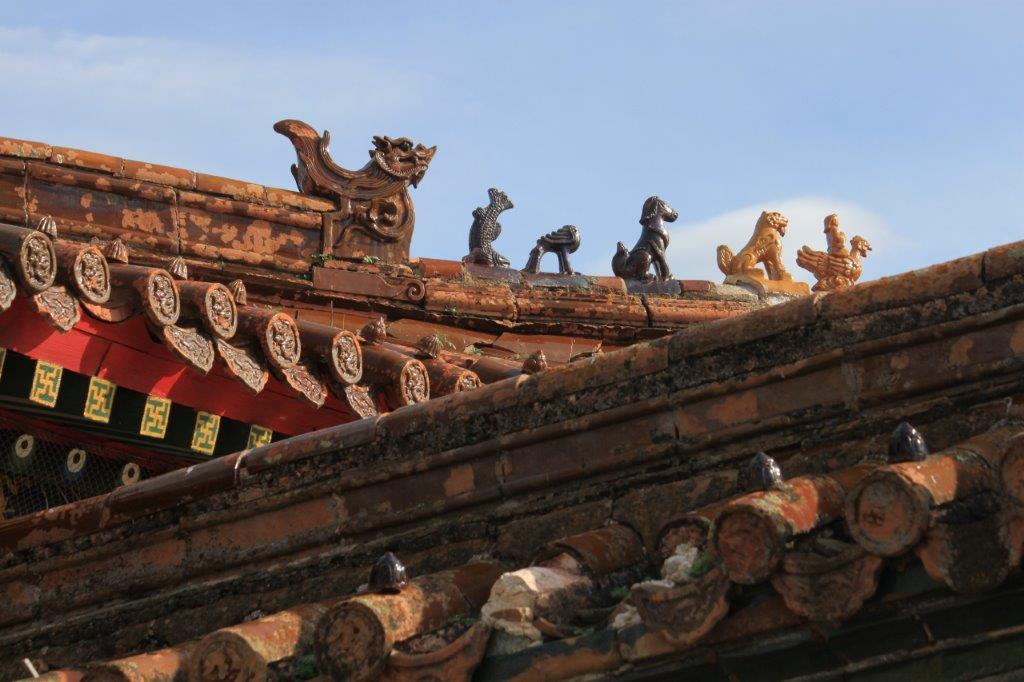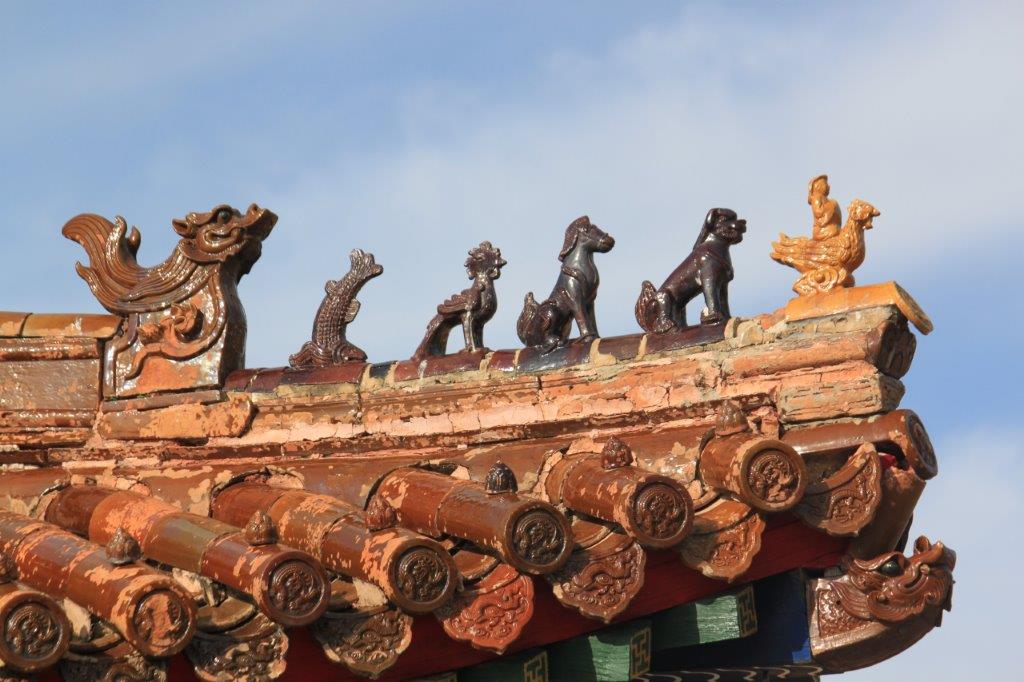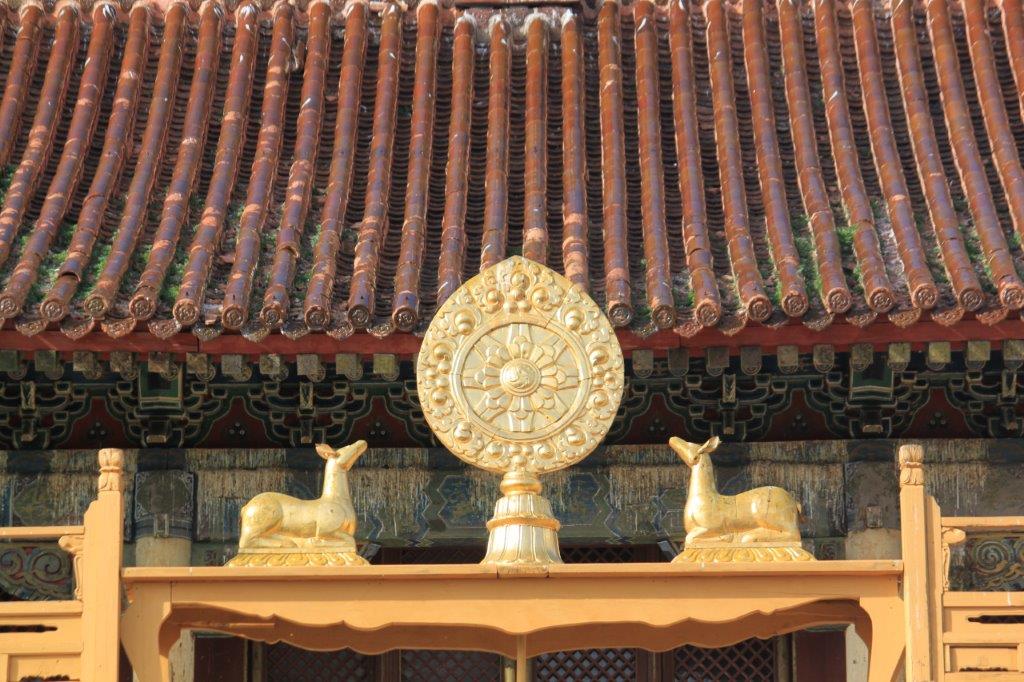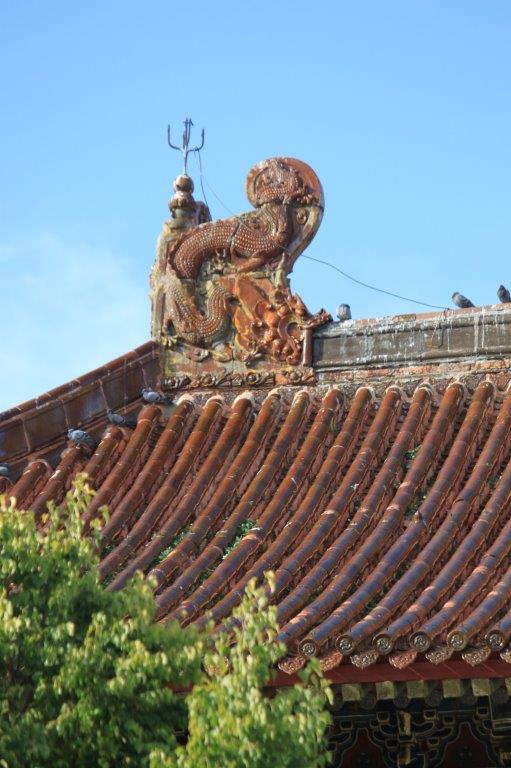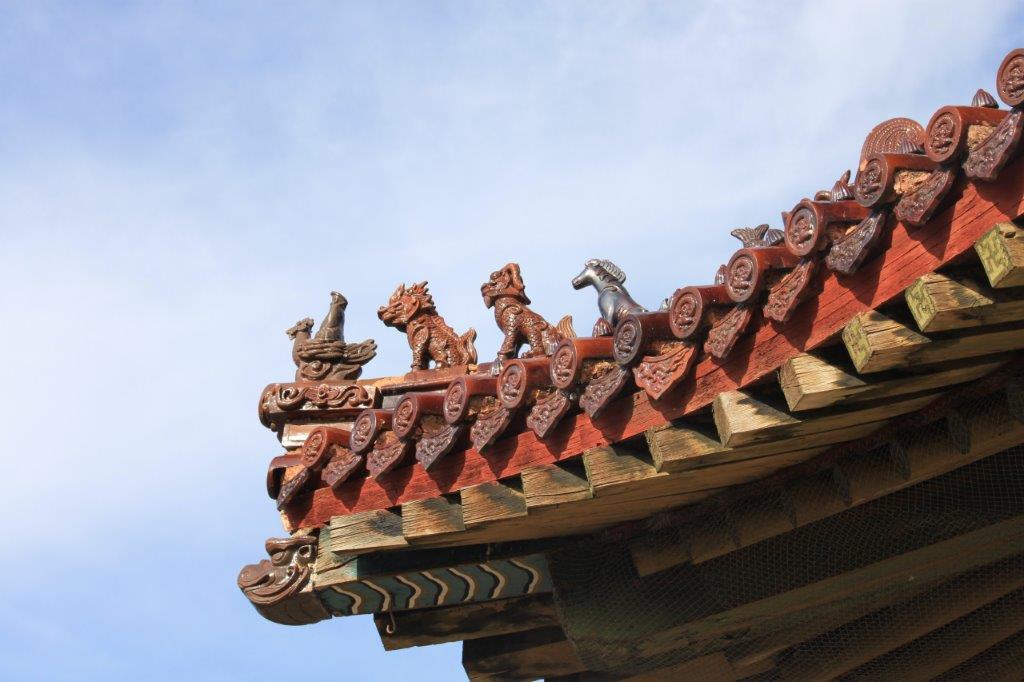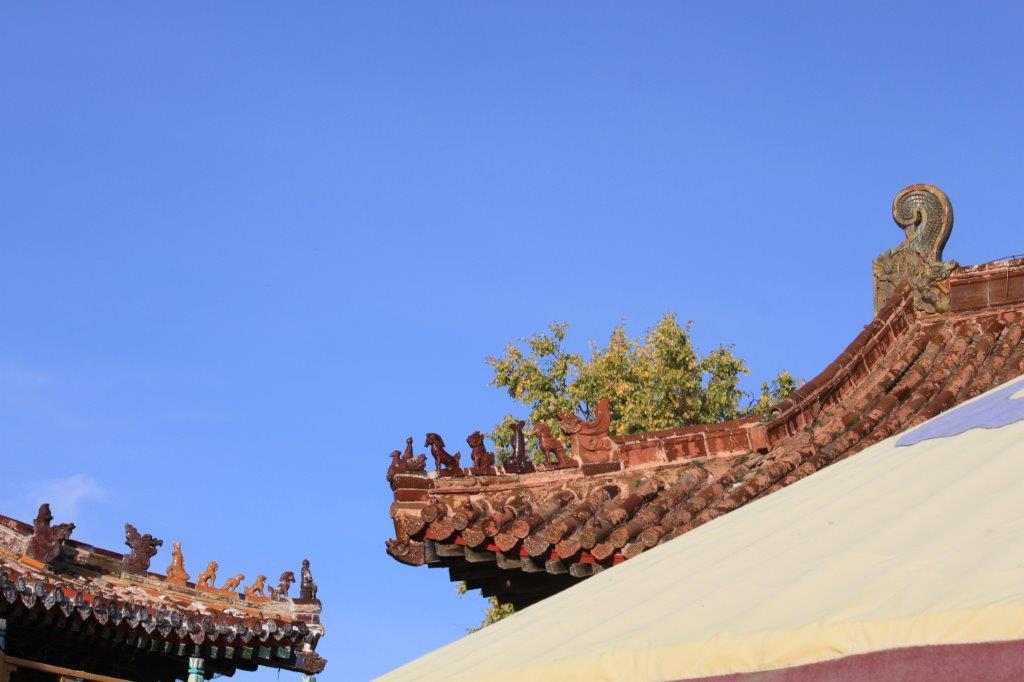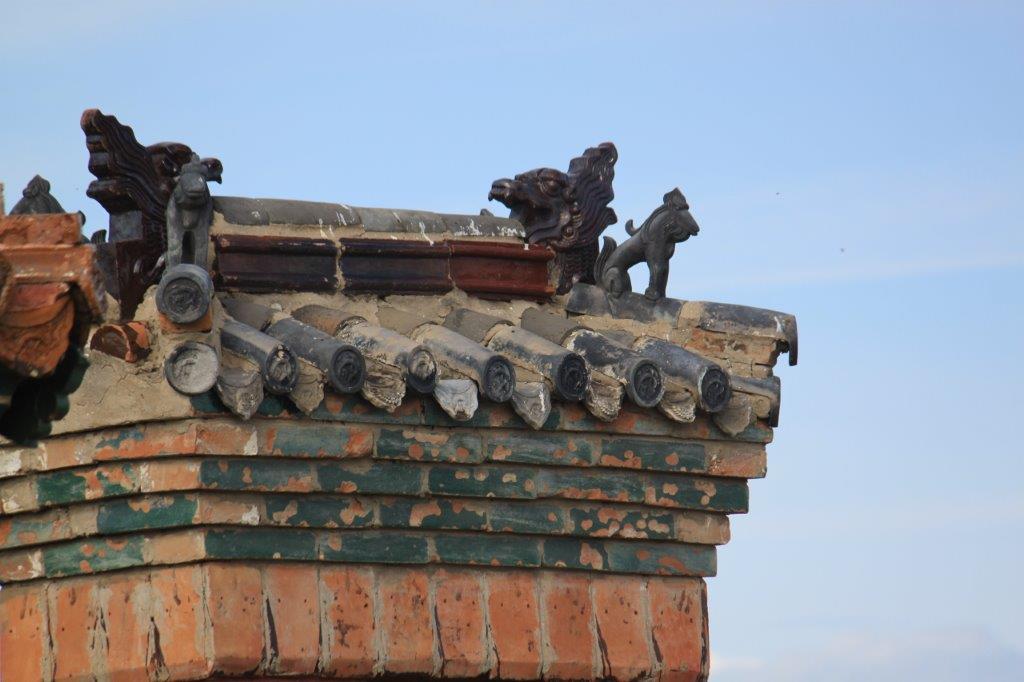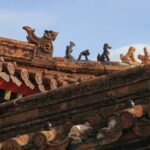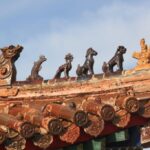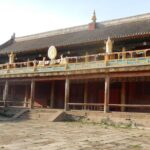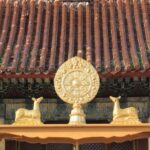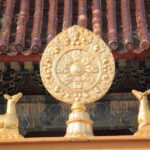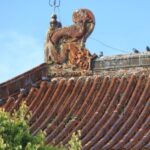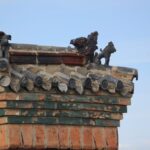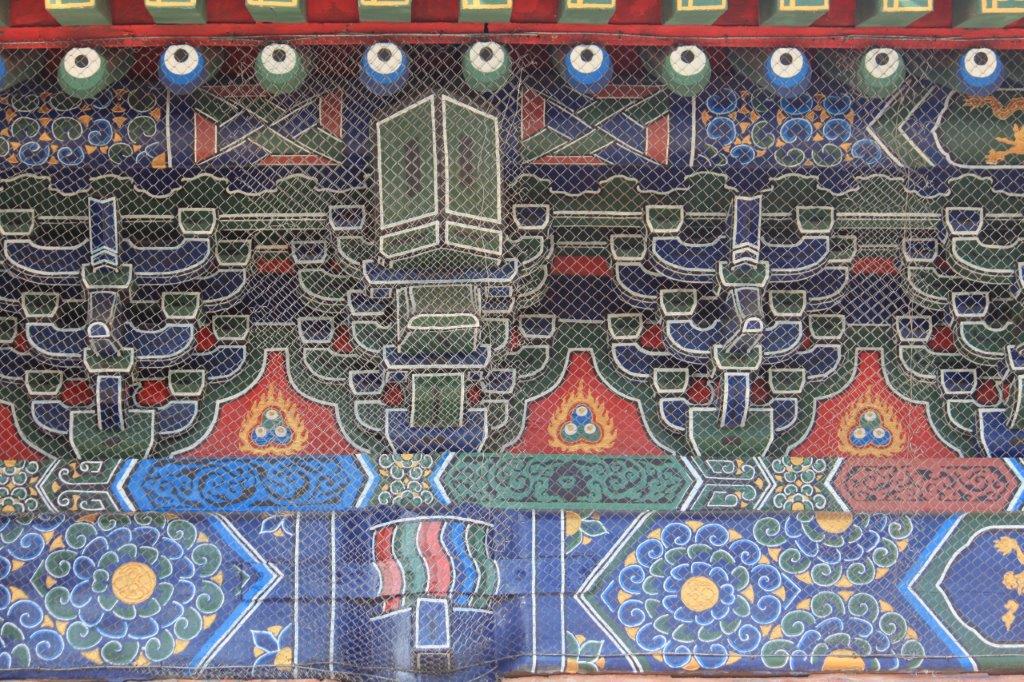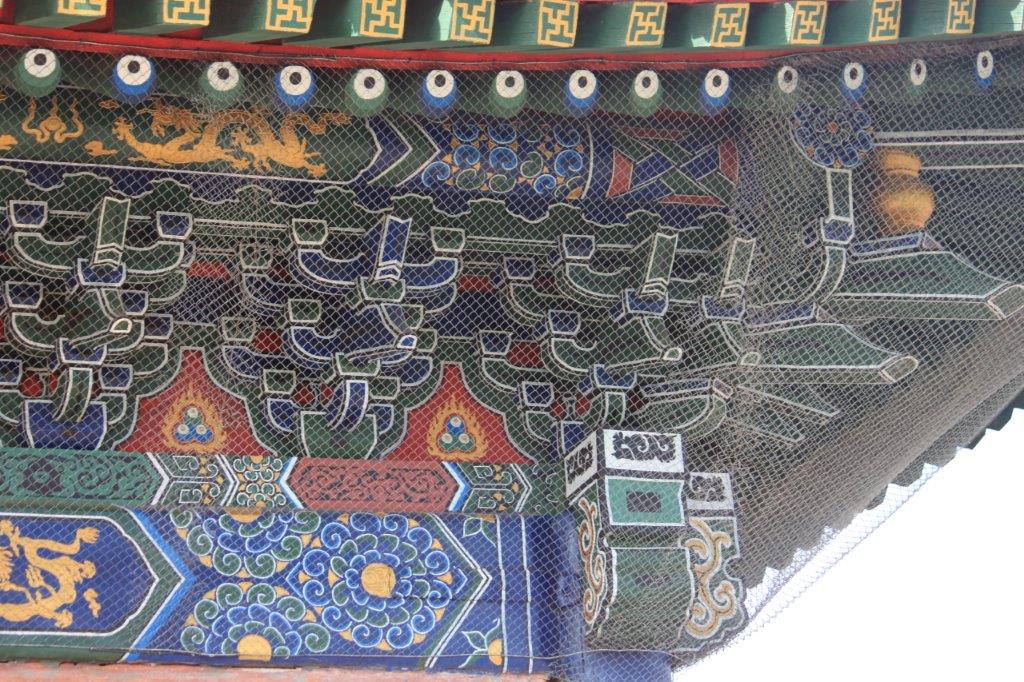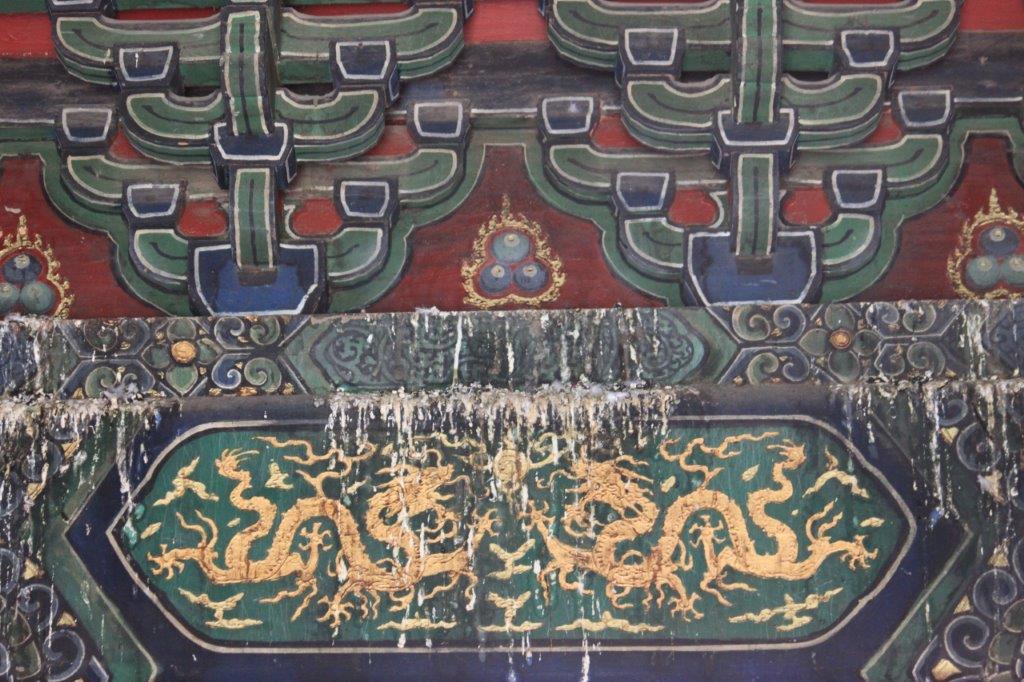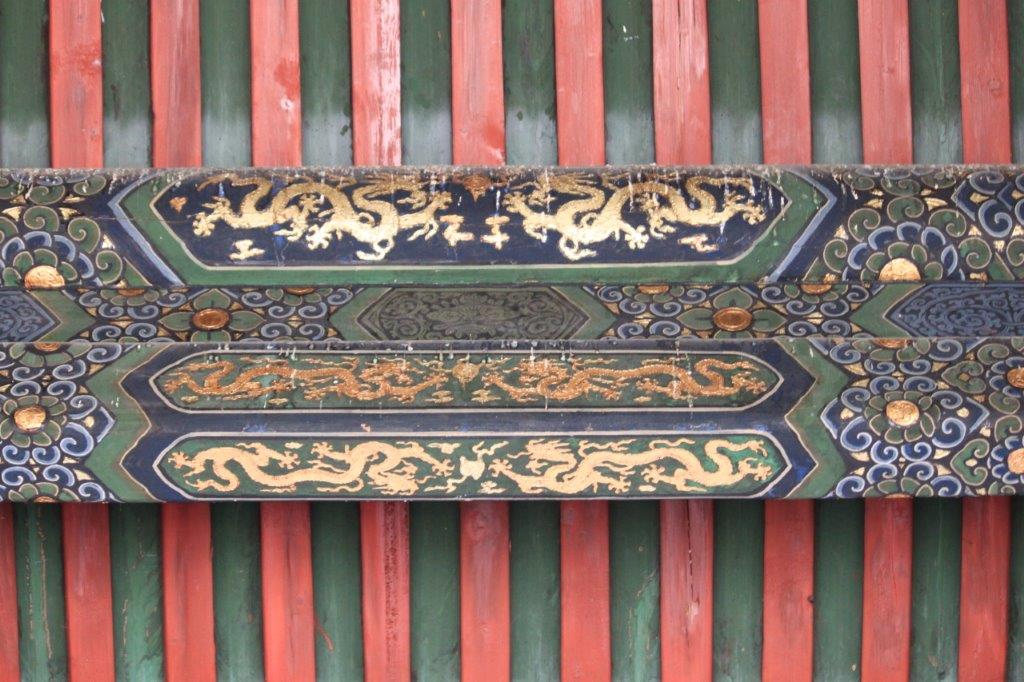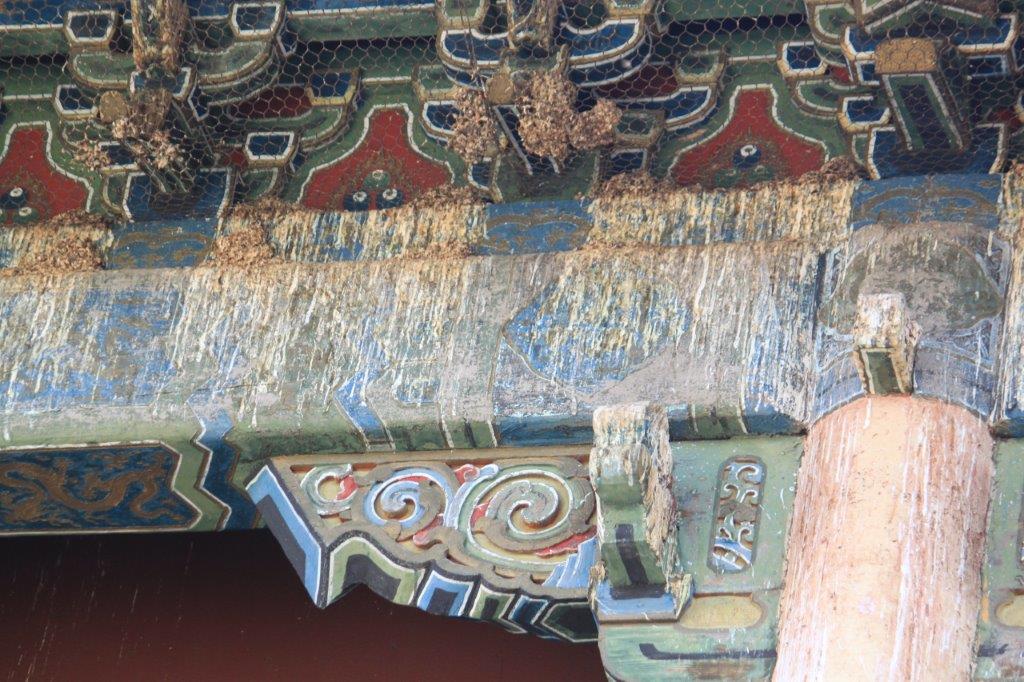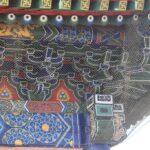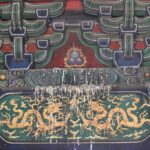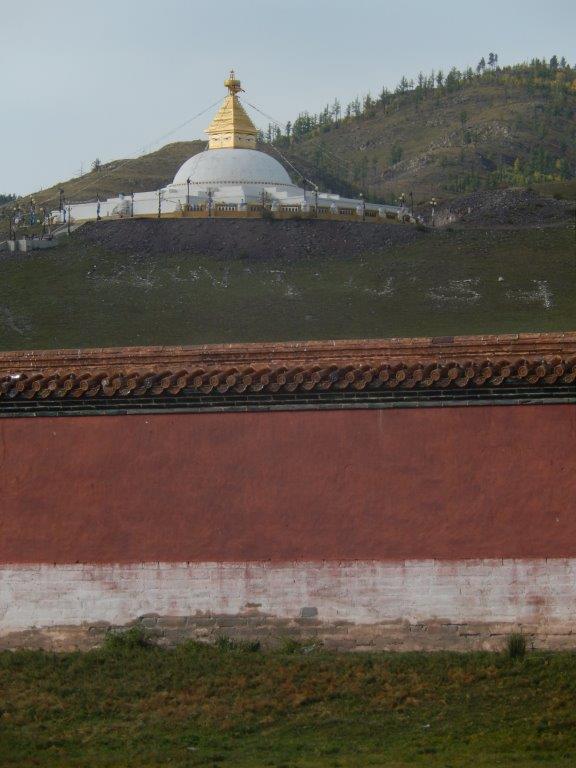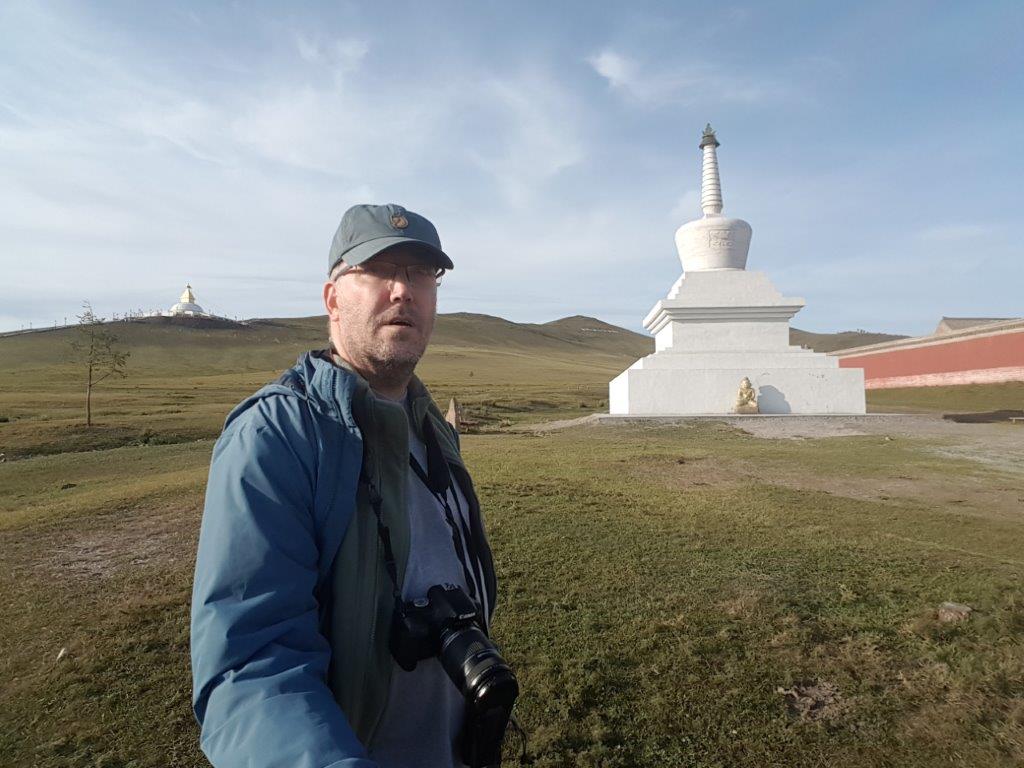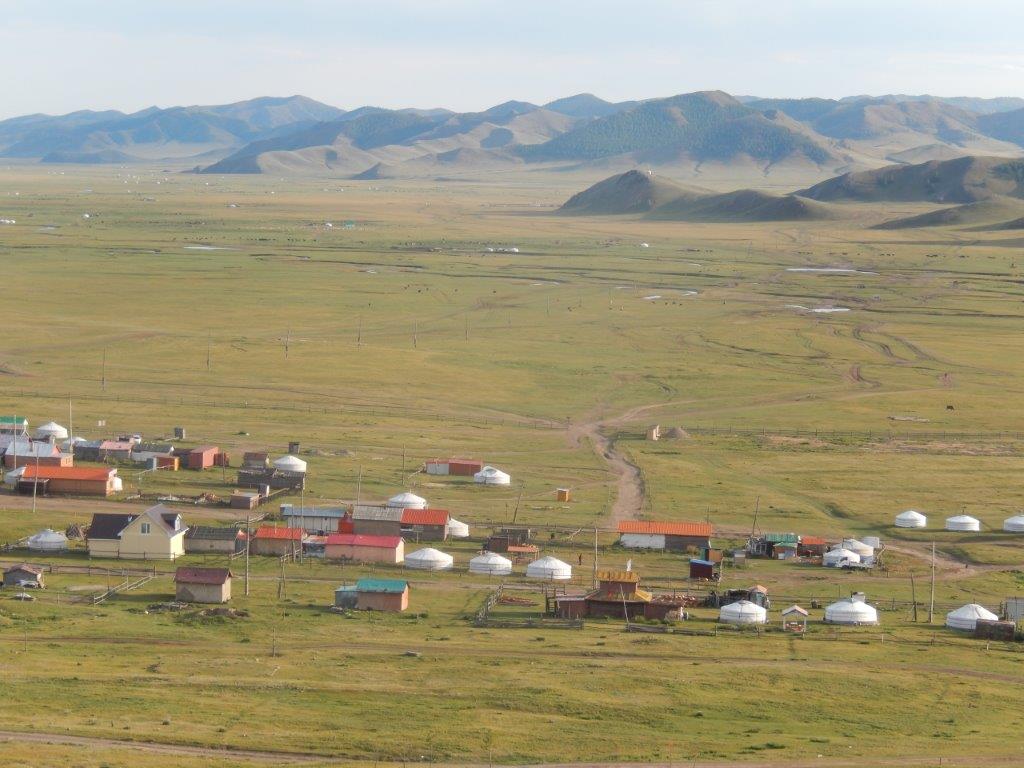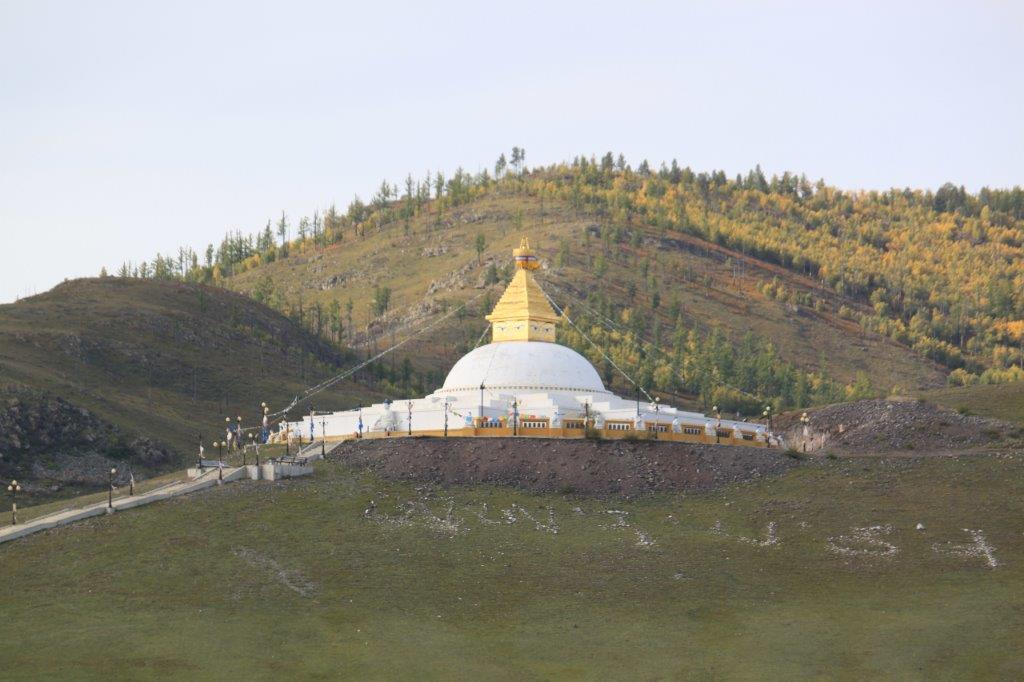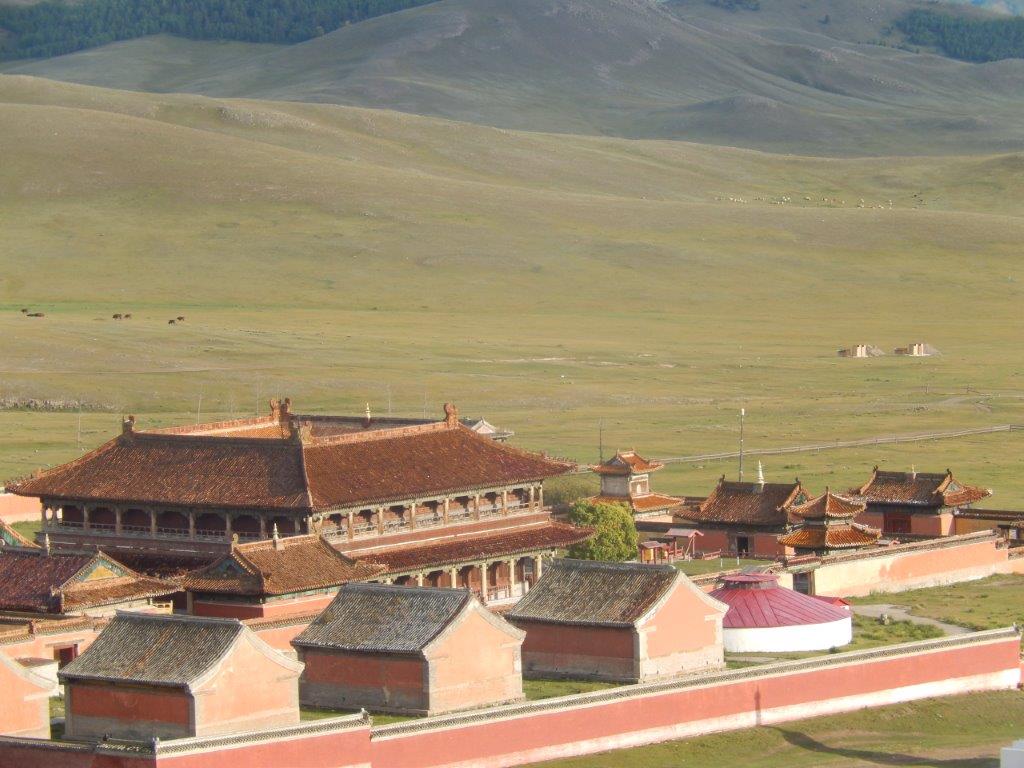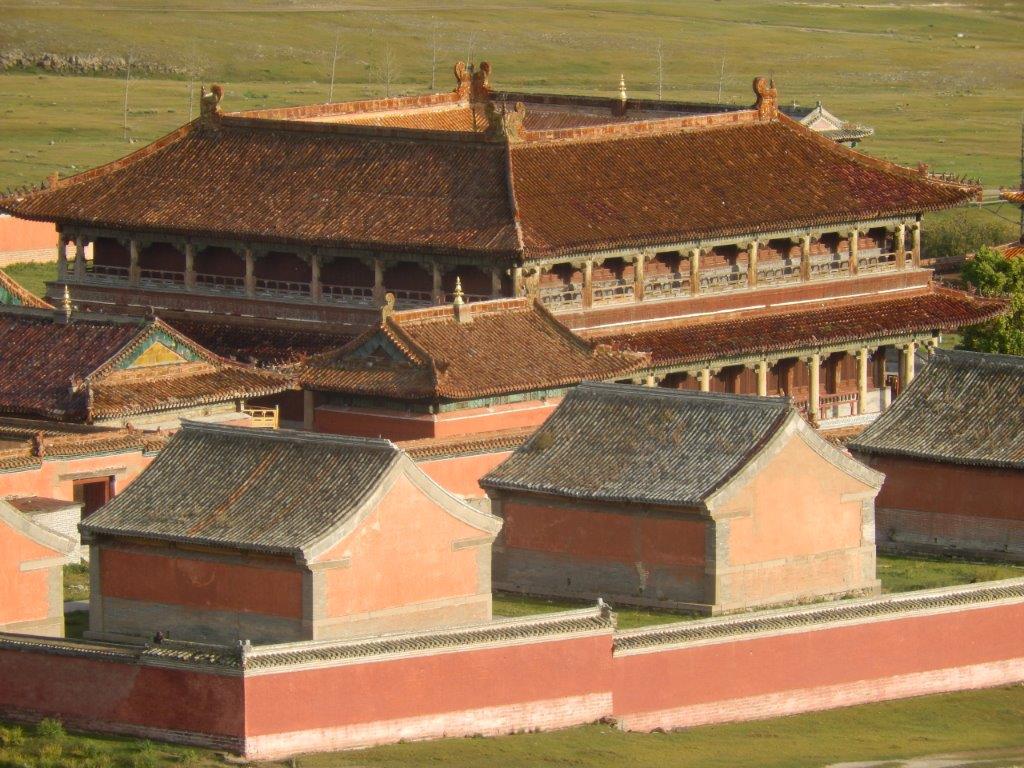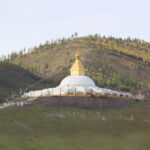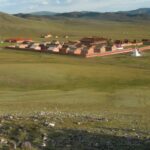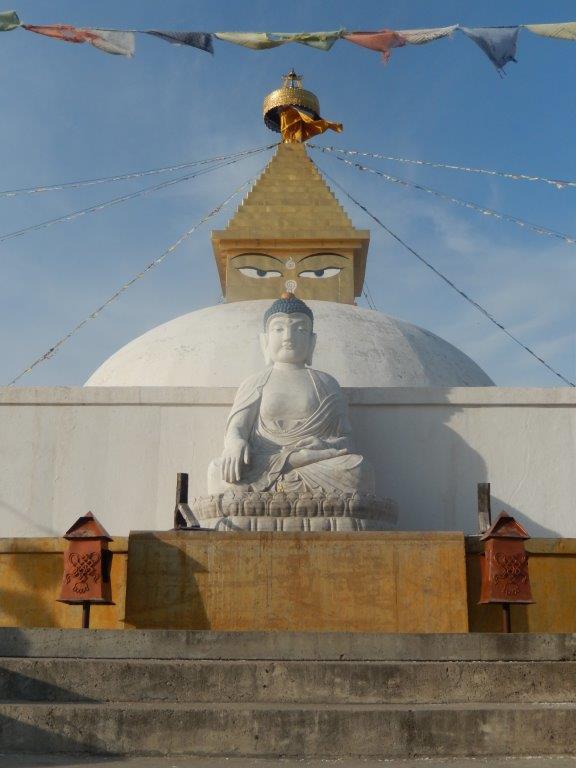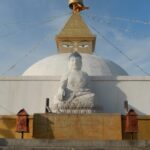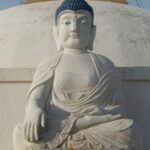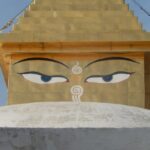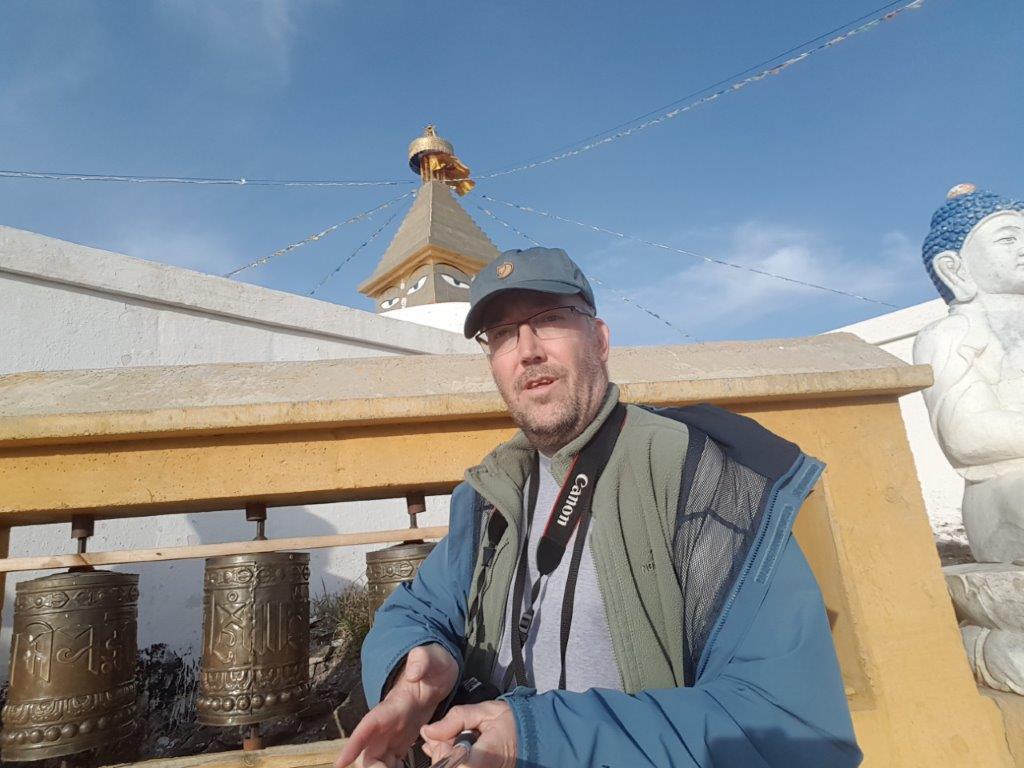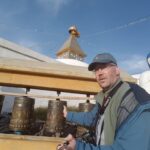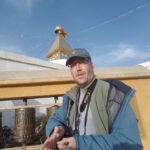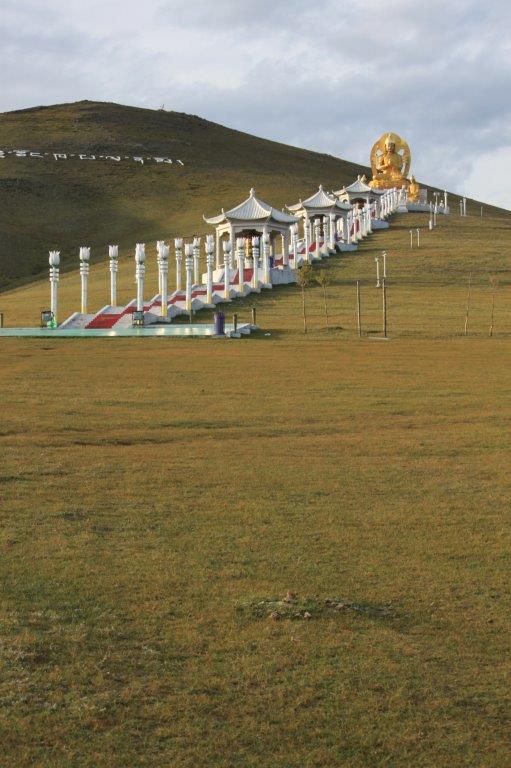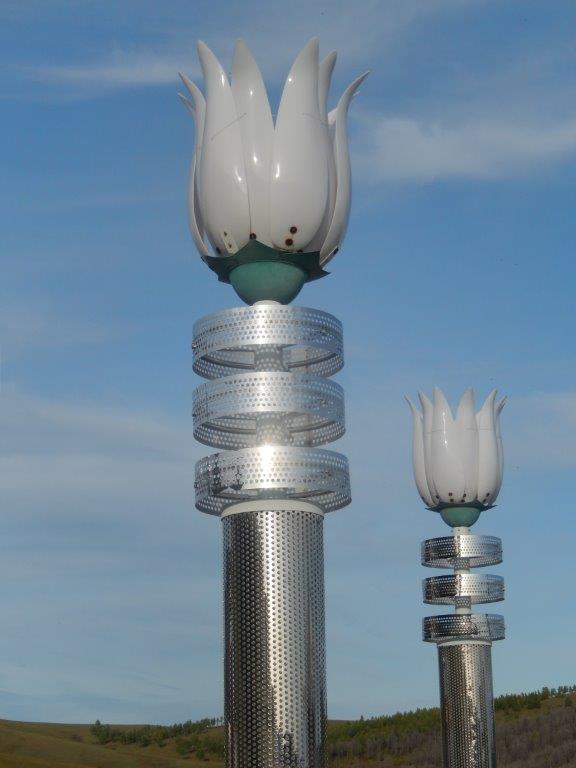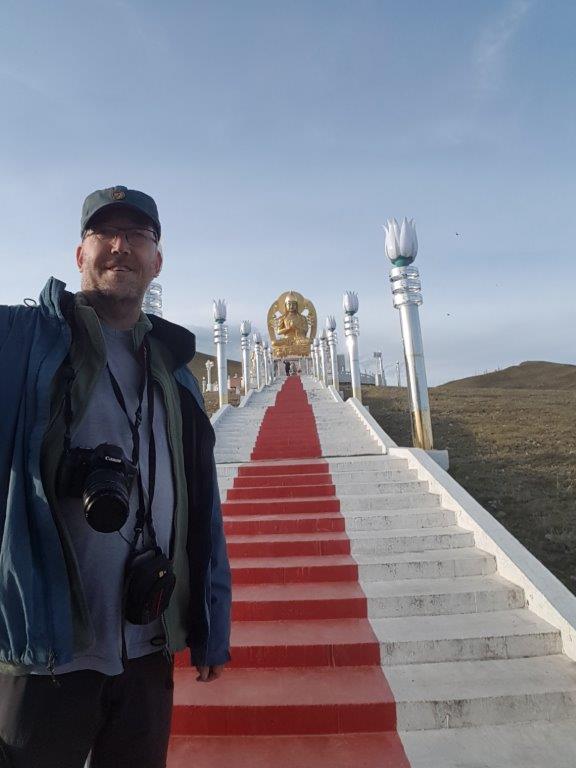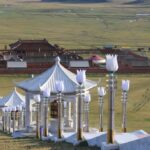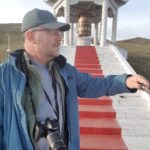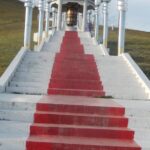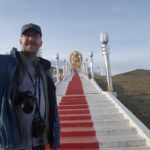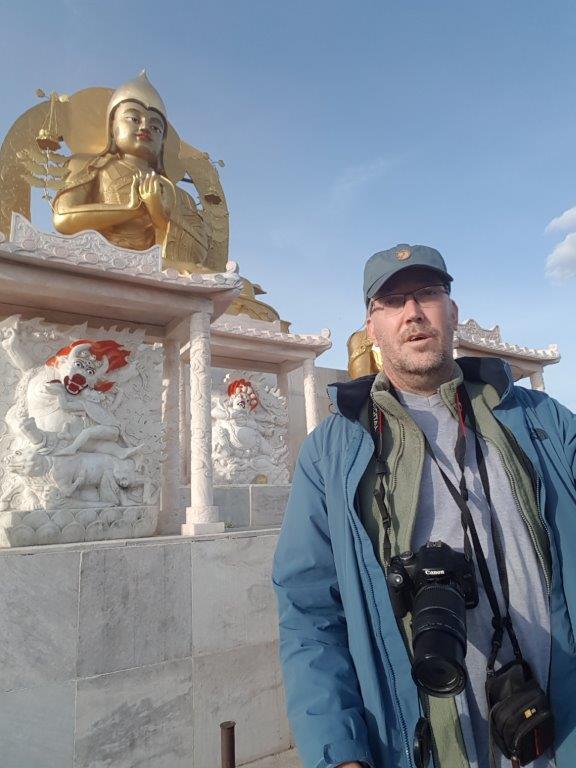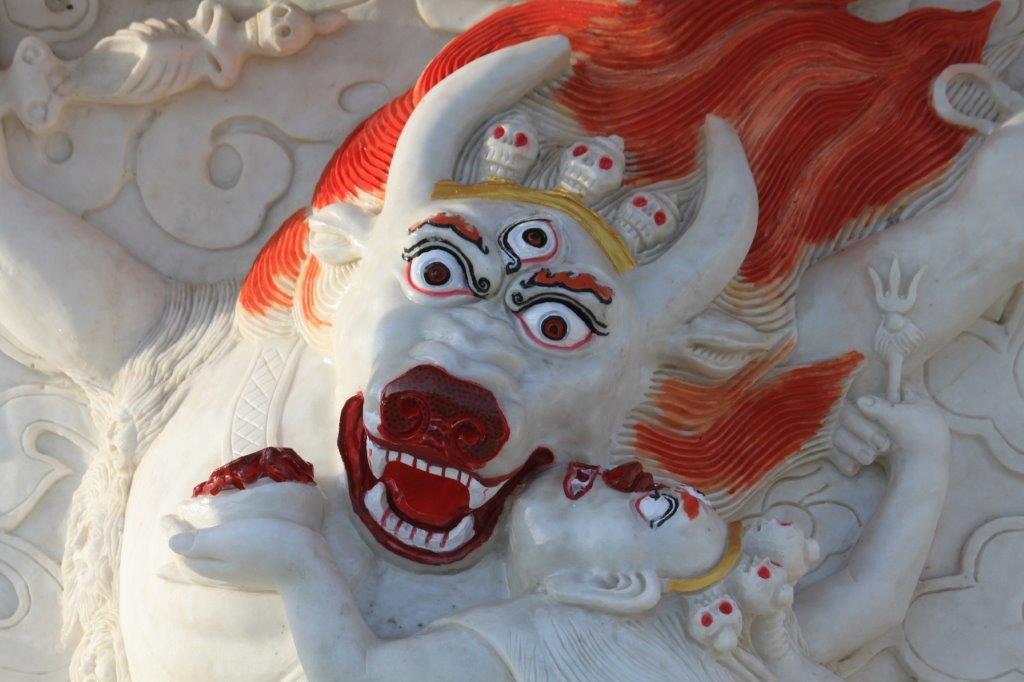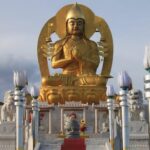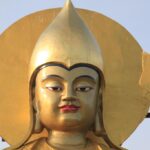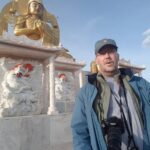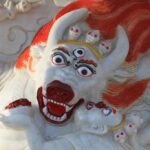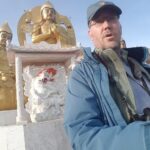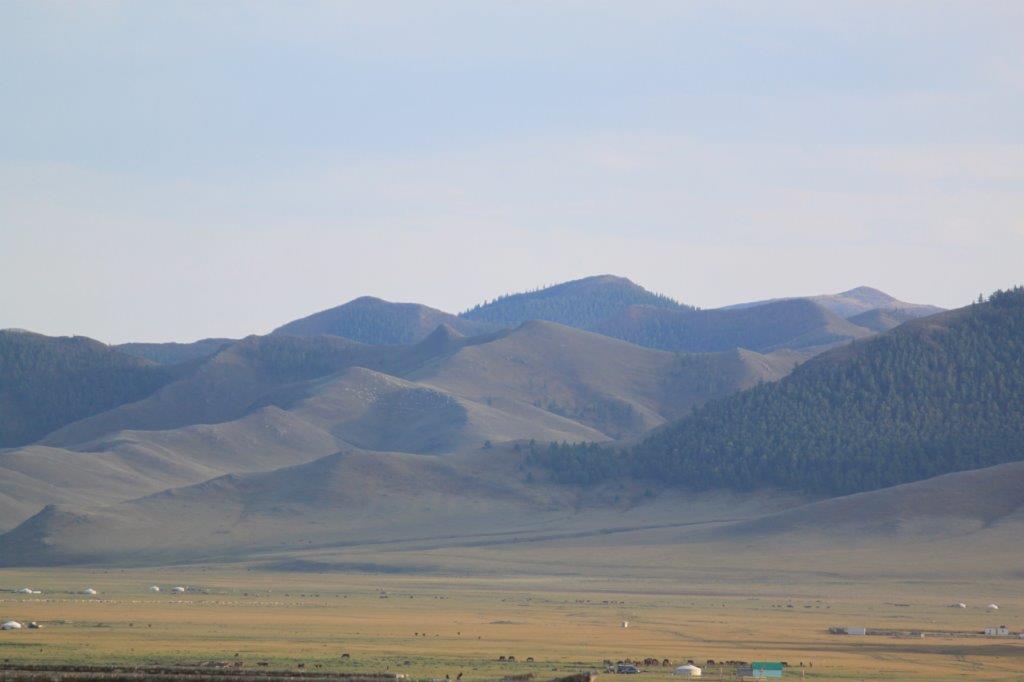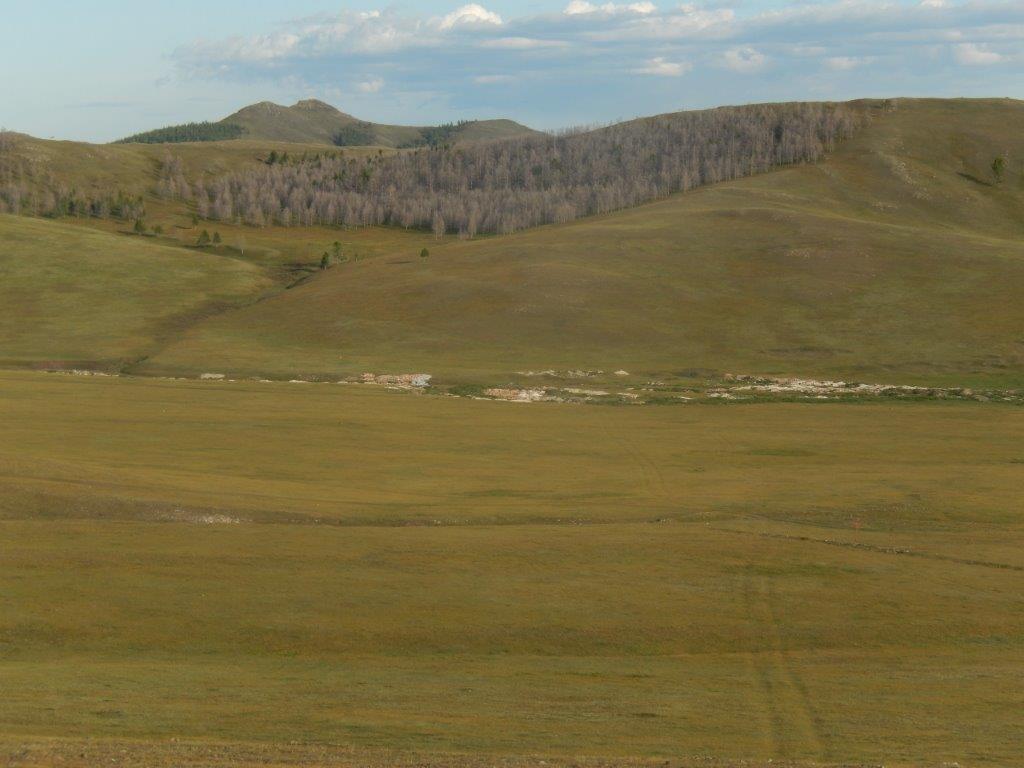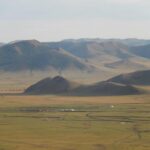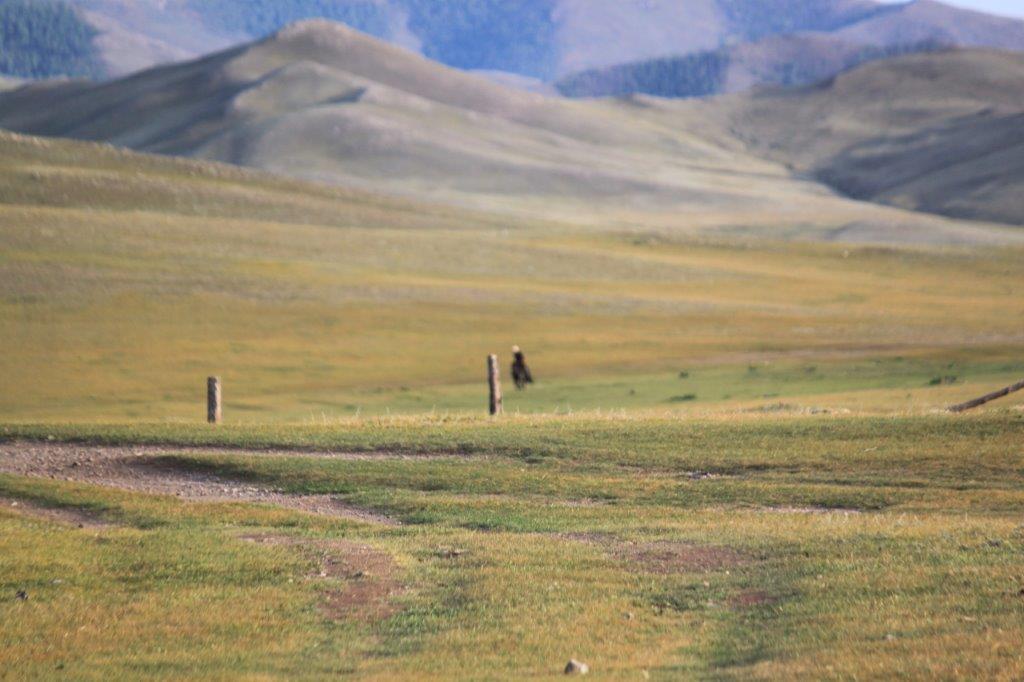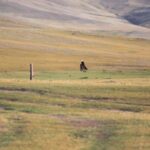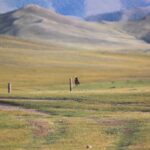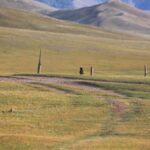A walk on the grounds of the ancient Buddhist Monastery of Amarbayasgalant and a walk on the surrounding hills
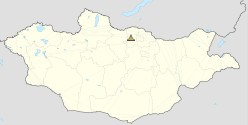 Tucked away deep into the furthest reaches of a hidden and incredibly beautiful, lush green valley, far away from crowded urban and suburban life, Buddhist monks long ago build one of Mongolias largest and most important monasteries: Amarbayasgalant.
Tucked away deep into the furthest reaches of a hidden and incredibly beautiful, lush green valley, far away from crowded urban and suburban life, Buddhist monks long ago build one of Mongolias largest and most important monasteries: Amarbayasgalant. 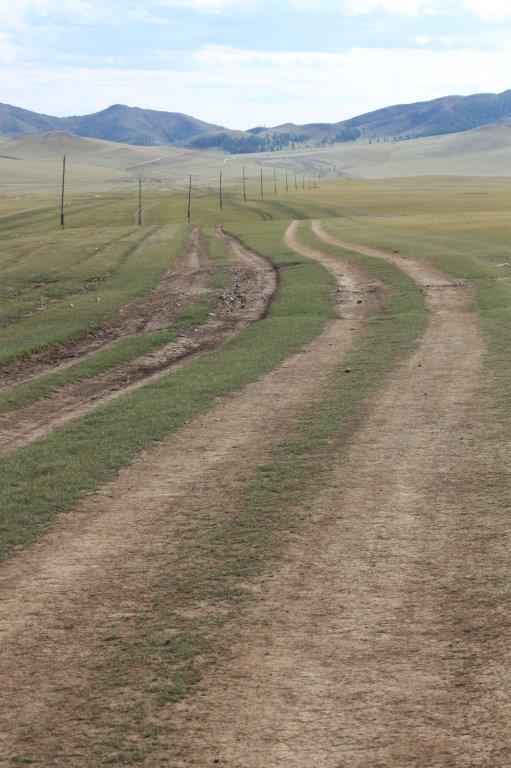 The drive through the valley past sheep and goat herds was awesome…
The drive through the valley past sheep and goat herds was awesome…
This monastery was today’s final destination of The Wandelgek’s roadtrip.
Amarbayasgalant Monastery
Amarbayasgalant Monastery (Mongolian: Амарбаясгалант хийд) or the “Monastery of Tranquil Felicity”, is one of the three largest Buddhist monastic centers in Mongolia. The monastery complex is located in the Iven Valley near the Selenge River, at the foot of Mount Büren-Khaan in Baruunbüren sum (district) of Selenge Province in northern Mongolia. The nearest town is Erdenet which is about 60 km to the southwest.
The monastery was established and funded by order of Manchu Yongzheng Emperor (and completed under his successor the Qianlong Emperor) to serve as a final resting place for Zanabazar (1635–1723), the first Jebtsundamba Khutuktu, or spiritual head of Tibetan Buddhism for the Khalkha in Outer Mongolia and a spiritual mentor to both emperors’ ancestor, the Kangxi Emperor. Tradition holds that while searching for an appropriate site to build the monastery, the exploratory group came across two young boys, Amur and Bayasqulangtu, playing on the steppe. They were inspired to build the monastery on that very spot and to name it after the two children, Amur-Bayasqulangtu. More likely, the location was chosen because it stood at the place where the lama’s traveling Da Khuree (his mobile monastery and prime residence) was encamped at the moment of his death. Construction took place between 1727 and 1736 and Zanabazar’s remains were transferred there in 1779.
Amarbayasgalant monastery is dedicated to Zanabazar’s main tutelary deity, Maitreya. Unlike Erdene Zuu Monastery, which is an ensemble of temple halls of different styles, Amarbayasgalant shows great stylistic unity. The overriding style is Chinese, with some Mongol and Tibetan influence. The monastery resembles Yongzheng’s own palace Yonghegong in Beijing (converted by his son the Qianlong Emperor into a Buddhist monastery).
Originally consisting of over 40 temples, the monastery was laid out in a symmetrical pattern, with the main buildings succeeding one another along a north–south axis, while the secondary buildings are laid out on parallel sides.
Amarbayasgalant was one of the very few monasteries to have partly escaped destruction during the Stalinist purges of 1937, after which only the buildings of the central section remained. Many of the monks were executed by the country’s Communist regime and the monastery’s artifacts, including thangkas, statues, and manuscripts were looted, although some were hidden until more fortunate times.
The interior of the main building of the monastery was very reminiscent of the monastery interiirs The Wandelgek had seen in Tibet, 20 years before…
The Drums
Mongolia became a Buddhist country after it had alleged itself with Tibet against the ruling Mantsjoe dynasty in China. Thus Mongolia was very much influenced by Tibetan buddhism. Lots of things like e.g. the big drums beneath can also be found in Tibetan monasteries.
The Ceiling
Same can be said about the intricately decorated ceilings…
Deities and other statues
Lots of statues within the monasteries are of Buddha’s, Bodhisattvas or protector deities. Other statues are of Lamas, like the one beneath of Rinpoche Gurdava. There is also a strangely life like statue accompanied by his photograph of another lama who’s bones and ashes were contained within that statue….
The books
I had seen a few monastery libraries and printing rooms in Tibet back in 1999, and noticed that Tibetan books were actually long strips of printed paper, bundled together between two wooden planks and covered in mostly bright yellow or bright red cloth (probably silk)…
Small figurines
There was this very large cabinet with glass doors, filled with little buddha figurines. What amazed me most was not only the amount but also the fact that every figurine was unique…
Today, only 28 temples remain. Restoration work began in 1988 with funds provided by UNESCO and private sources and some of the new statuary was commissioned in New Delhi, India.
Beneath is an example of a temple building that has not been restaurated yet. You can see the unprotected decorations beneath the roof, that are full of bird, mostly pigeon shit…
and here’s a building that has been restaurated. It’s decoration beneath the roof is protected agaist bird droppings by metal netting…
Rooftops
The beautiful rooftops (very much in the style of Chinese temples) are often decorated with tiny animal figurines…
More exterior decorations
Walk on the hills
On the hillside behind the monastery were two other distinctive structures which The Wandelgek was going to visit now.
The large Buddhist Stupa
It was an uphill walk towards a Buddhist stupa, of which he had seen many before in Tibet and in Nepal (Bodnath and Swayambunath).
Beneath you can see a little stupa just outside of the monastery walls and the larger one uphill just above the right shoulder of The Wandelgek…
The walk in itself was really beautiful too….
This was indeed a spectacular valley and the more The Wandelgek ascended, the better the views over the valley, the surrounding hills, the ger camps and the monastery got….
In front of the stupa was a large buddha statue and the stupa itself was decorated with Buddha’s all-seeing-eyes…
There were some prayer wheels too. It is custom for monks and pilgrims to walk around a stupa clockwise and to turn the prayer wheels clockwise. These cannisters are filled with strips of paper full of printed prayers. The prayer wheels are in fact automated prayer machines and the buddhists believe that with every turn of the wheel, the prayers are uttered and blown into the winds and send to their deities. I love that thought just as I love the idea of Tibetan pilgrims, visiting the library of a monastery to walk underneath the shelves upon which the books were stored, believing that the knowledge hidden within those books would descend upon them so that they would absorb it. An early pre-digital era type of downloading ???
There is also a reason why monks and pilgrims and all buddhist turn the prayer wheels clockwise. It is related to the direction in which the texts in the cannisters has to be written. If you turn the wheels counter clockwise (like I’ve seen many Chinese people (kids and adults) purposely do when I visited Tibet in 1999), you’re actually transmitting the texts backwards.
The small, bright colored prayer flags that are decorating the large stupa, also are sending prayers into the wind…
The Buddha Statue
Then The Wandelgek walked accross the hill slope towards the other structure, an even larger golden Buddha Statue at the top of a long white stair ascending from the bottom of the hill.
Large white, flower crowned lampposts were positioned all along the stairs and in the middle of the stairs was a red, carpet like trail painted…
This was probably the largest buddha The Wandelgek had seen yet. He had seen a very large statue in the Tibetan city of Gyanze, but that was probably not a buddha but another deity, maybe a Bodhisattva. There were wolve or doglike creatures on the base of the statue.
The incredible view
The Wandelgek was now in the heart of northern Mongolia , walking in the hills (and no this was not a trekking or aeven a long distance walk, but still there was nothing else he wanted to do differently and there was no other place he’d rather wanted to be. Maybe these images can explain why…
Nothing beats roaming the wilderness…
A Mongolian Nomad on horseback
Just before The Wandelgek was leaving for dinner at the ger campsite, he saw this Mongolian Nomad on horseback, galopping through the valley…
Then The Wandelgek returned to the minibus and drove back to the campsite for a study, delicious dinner and some good Mongolian lager beers. After that there was still a cherry to put on top of the cheesecake, but that has to wait for my next blogpost. 🙂






